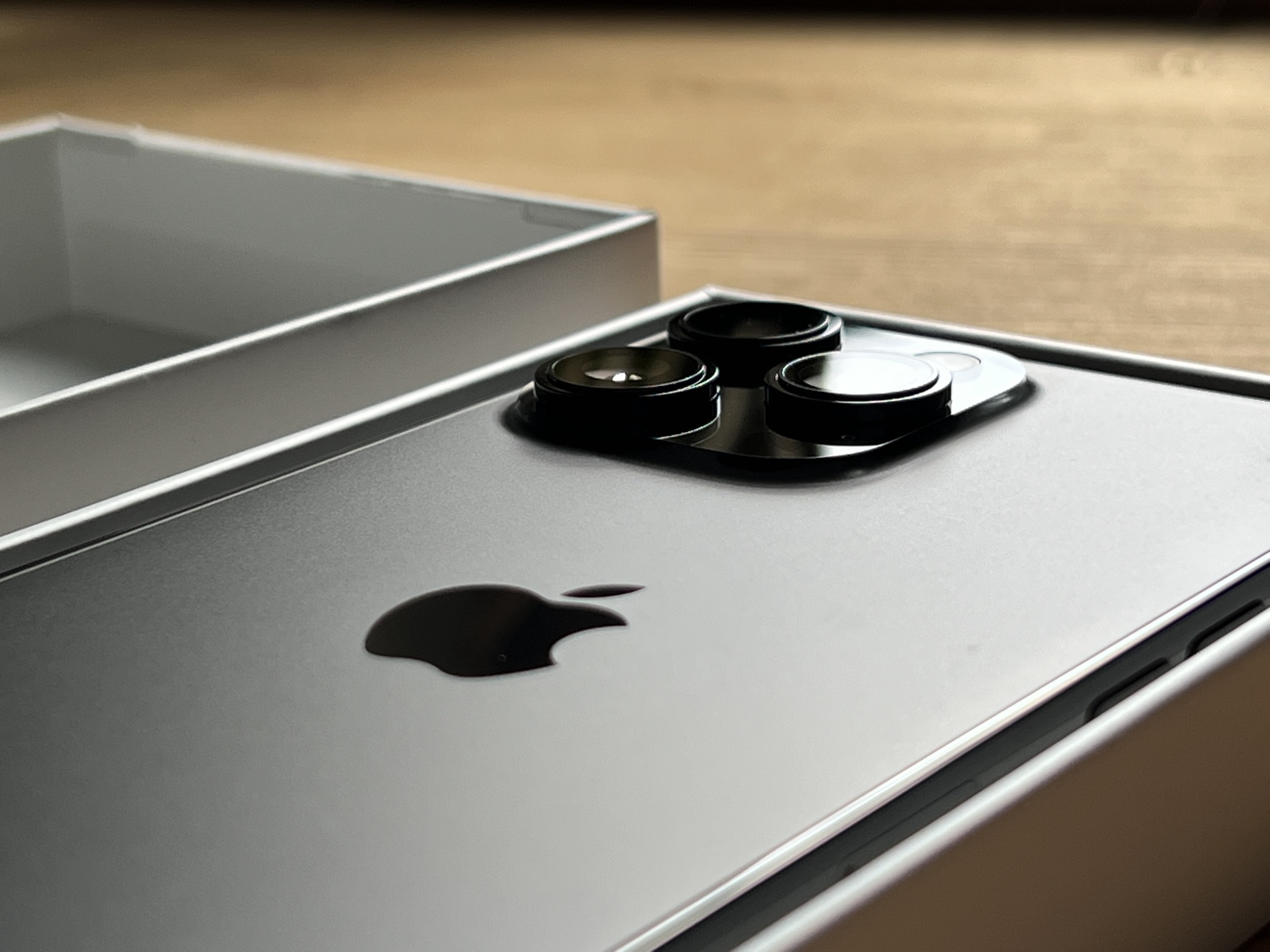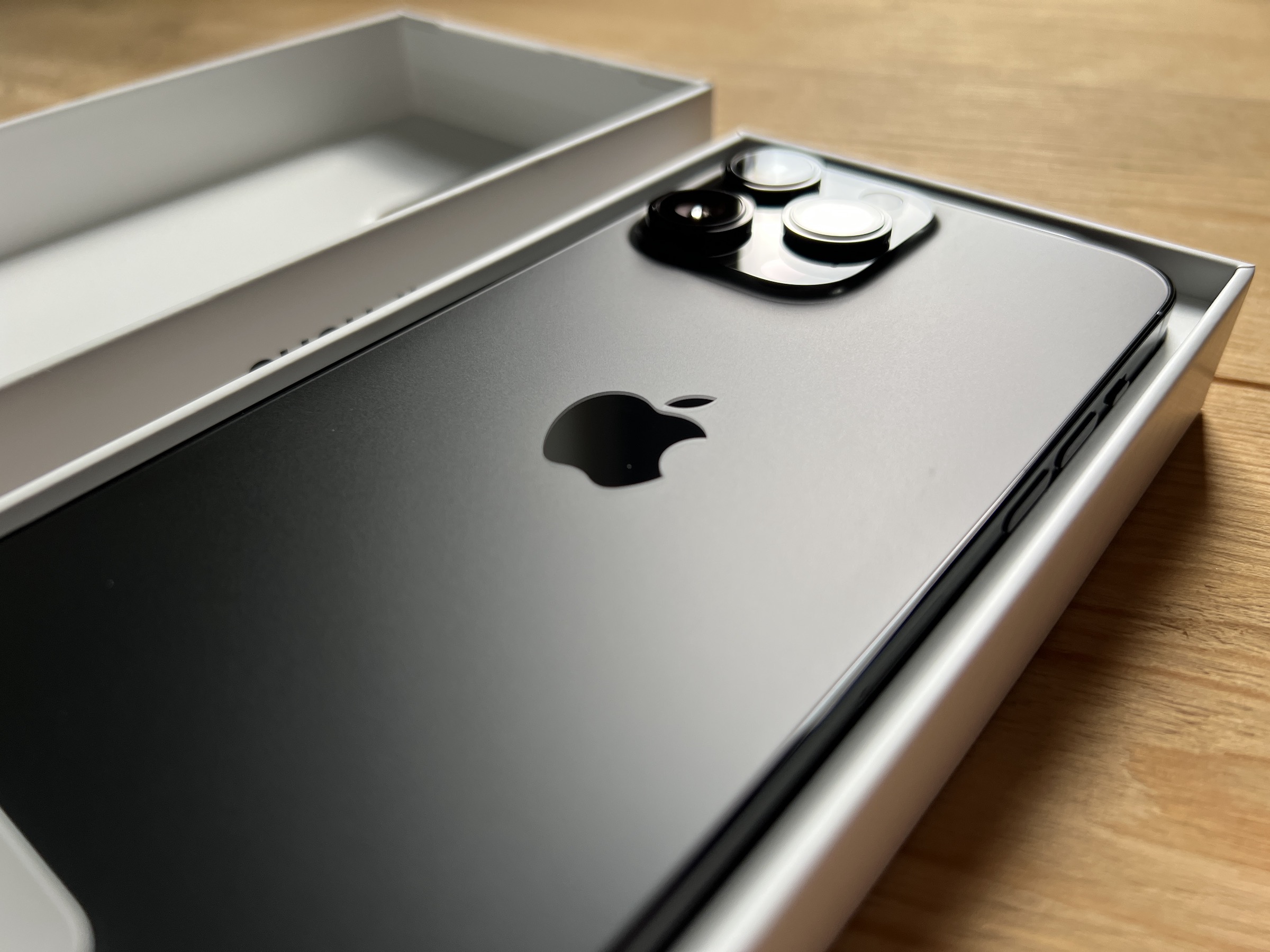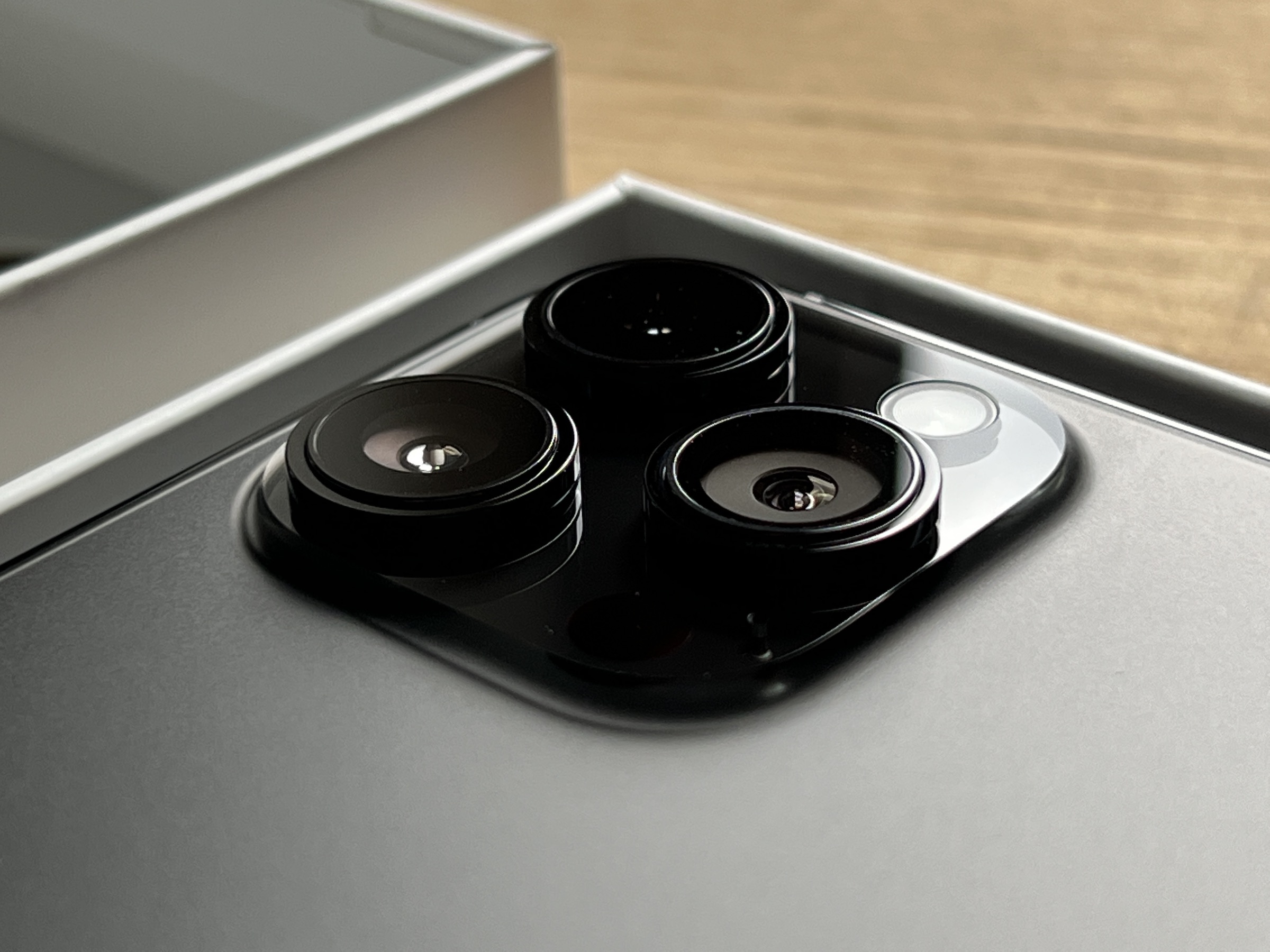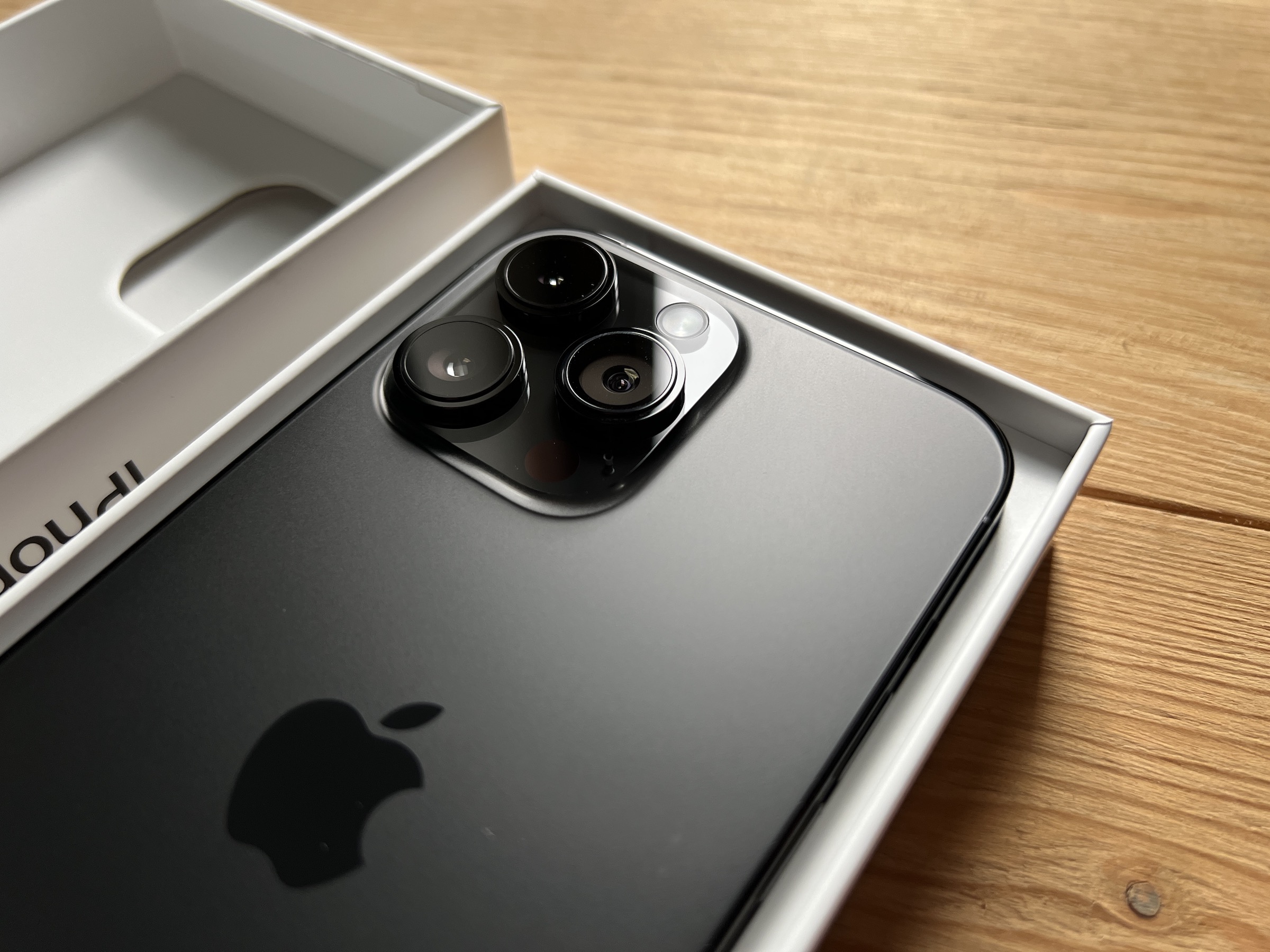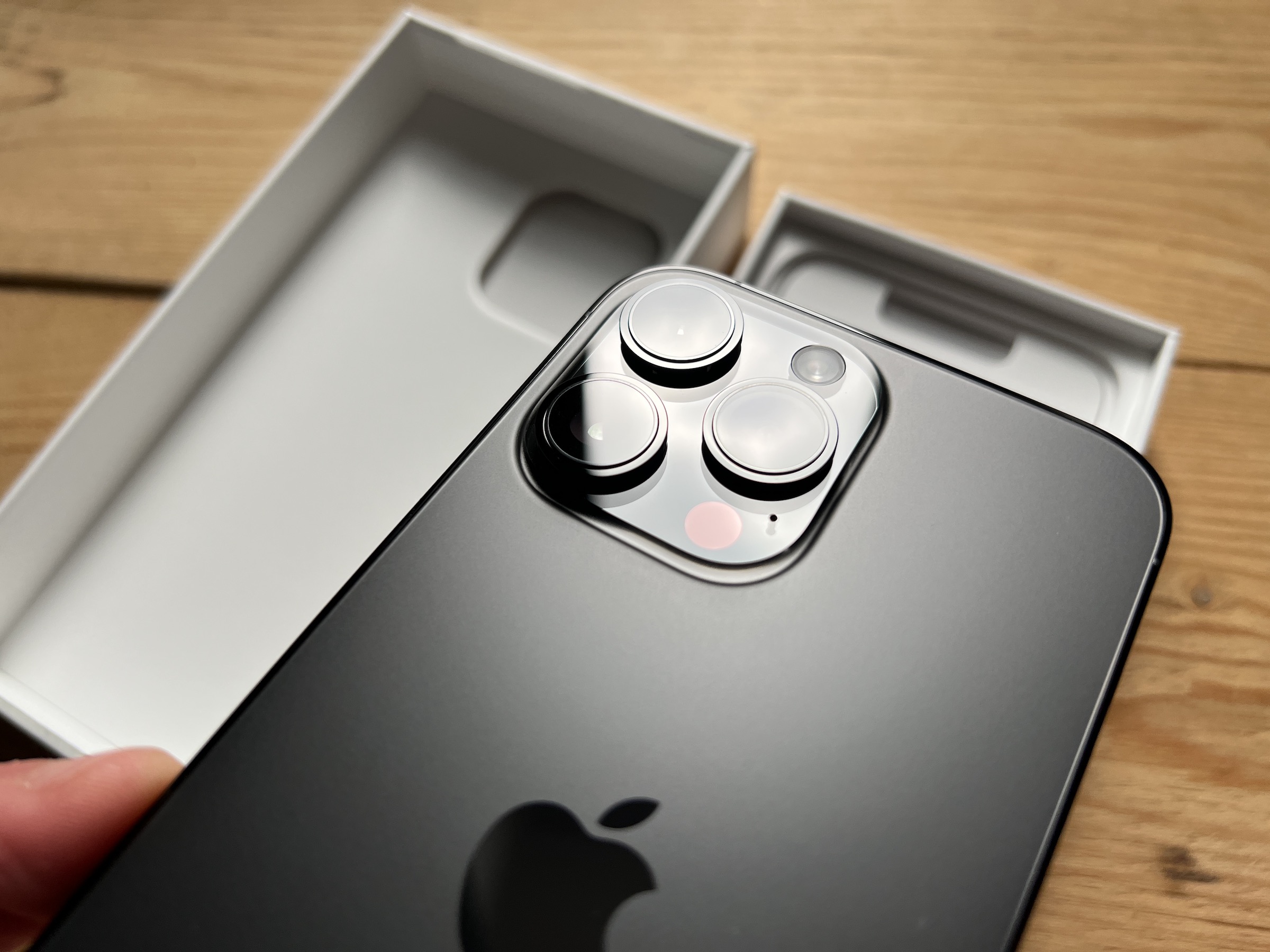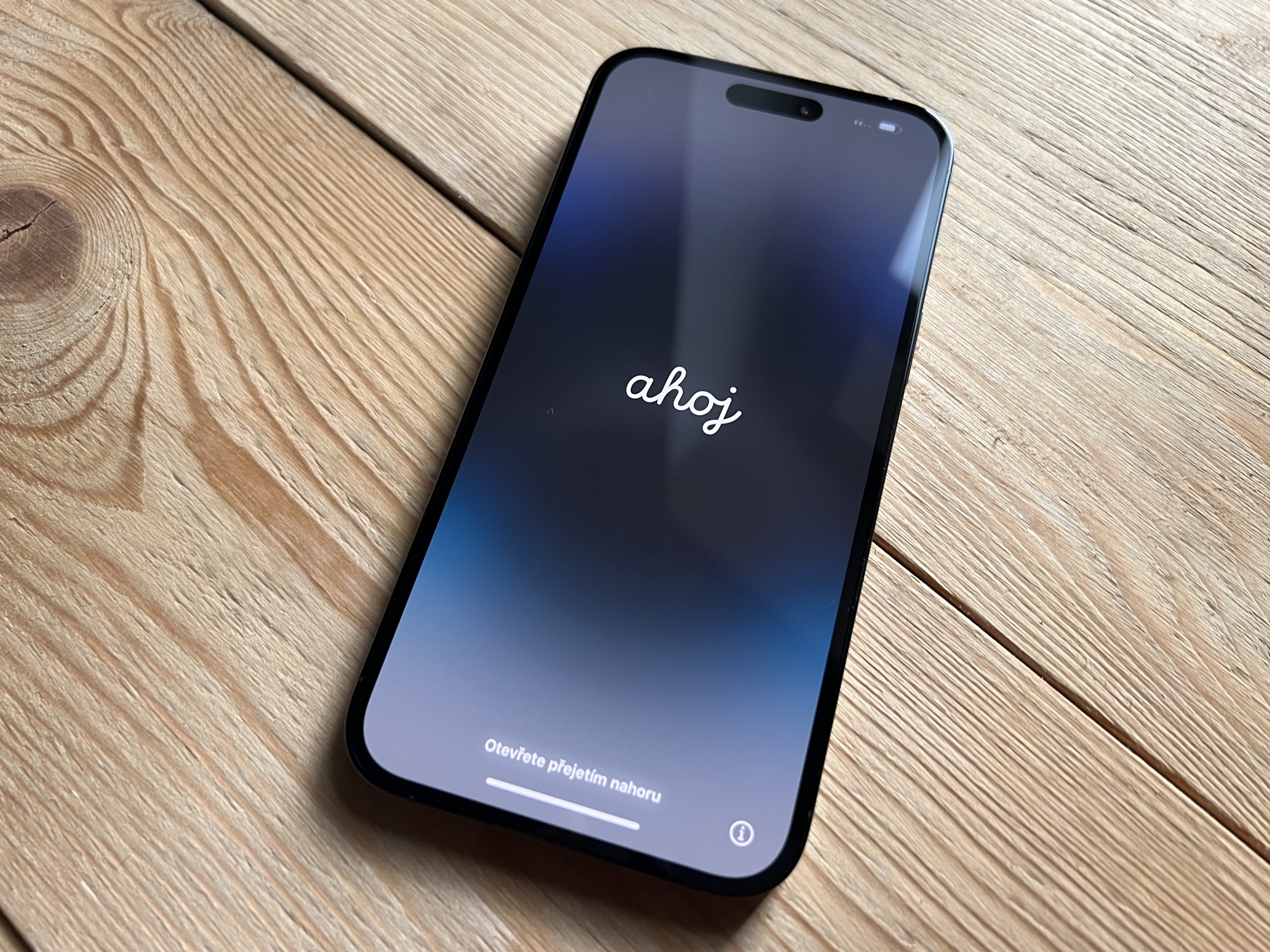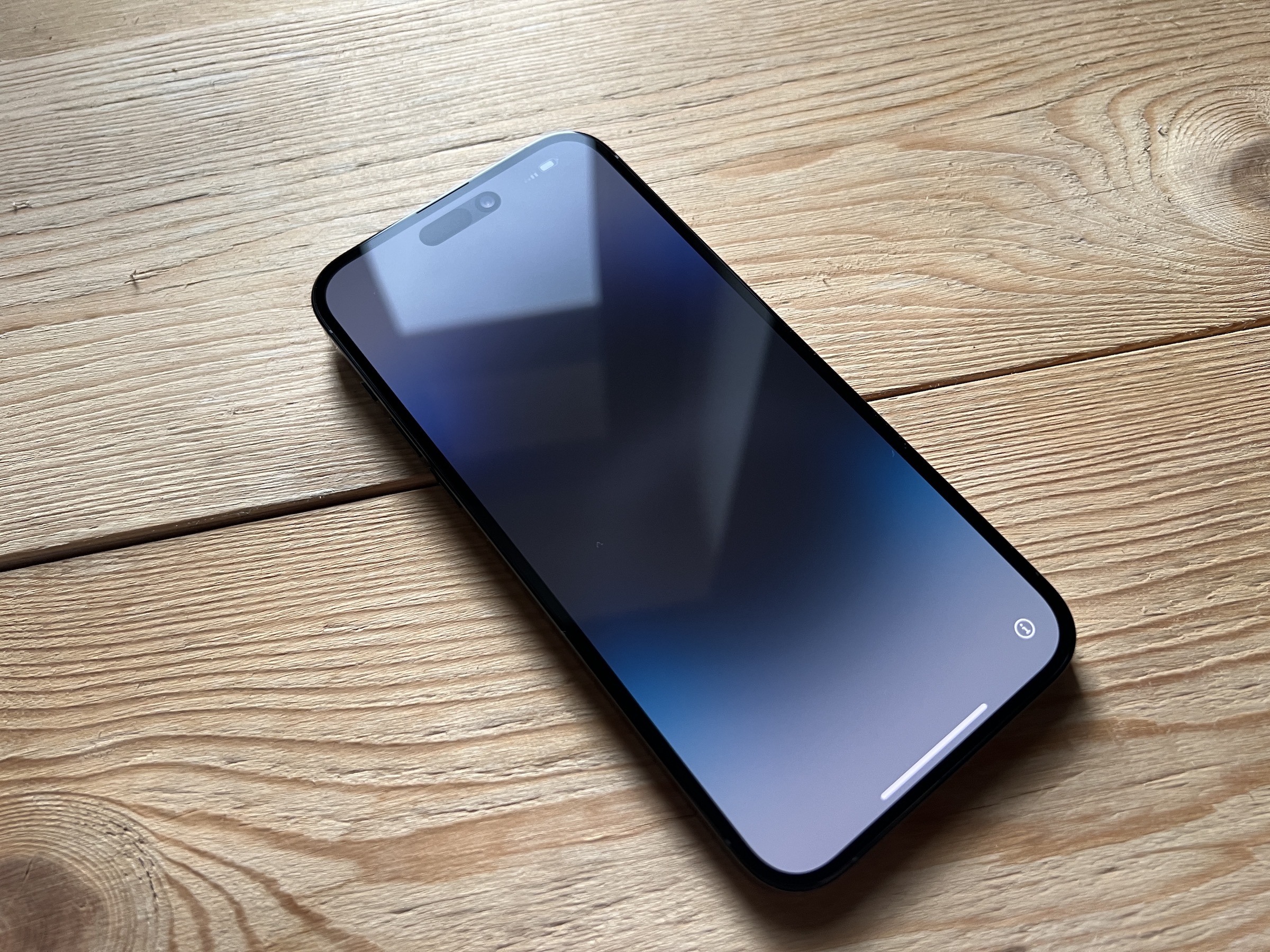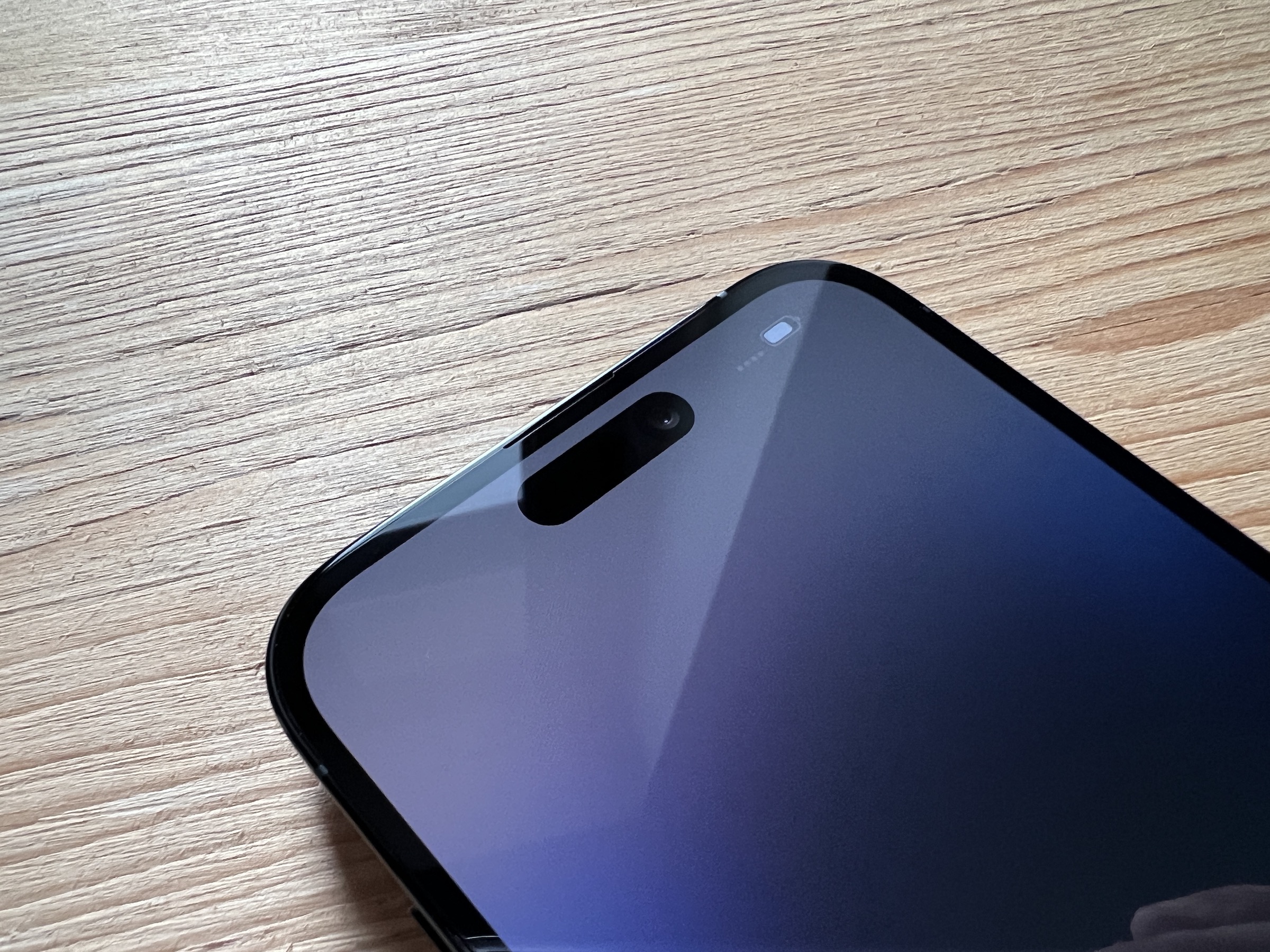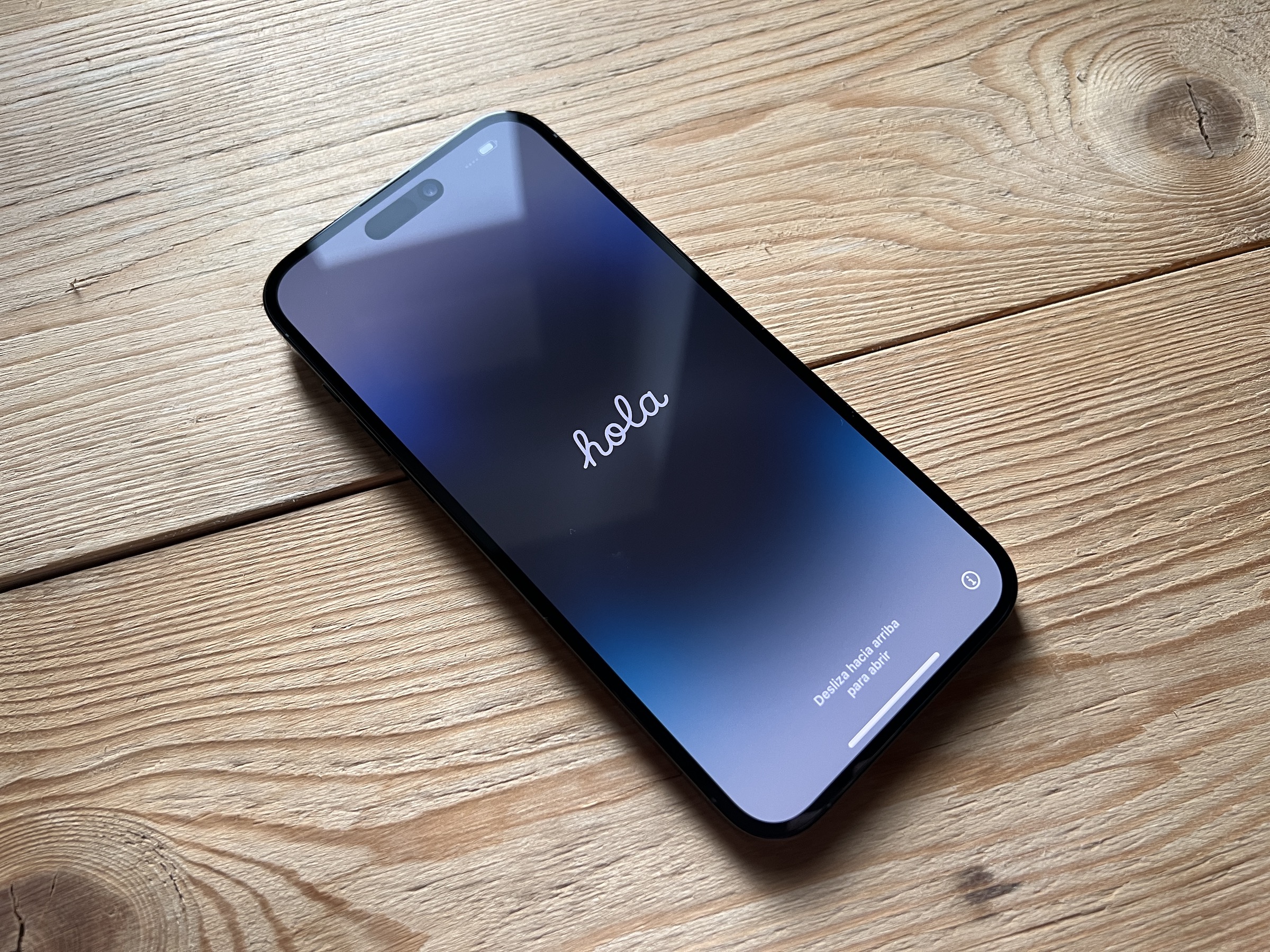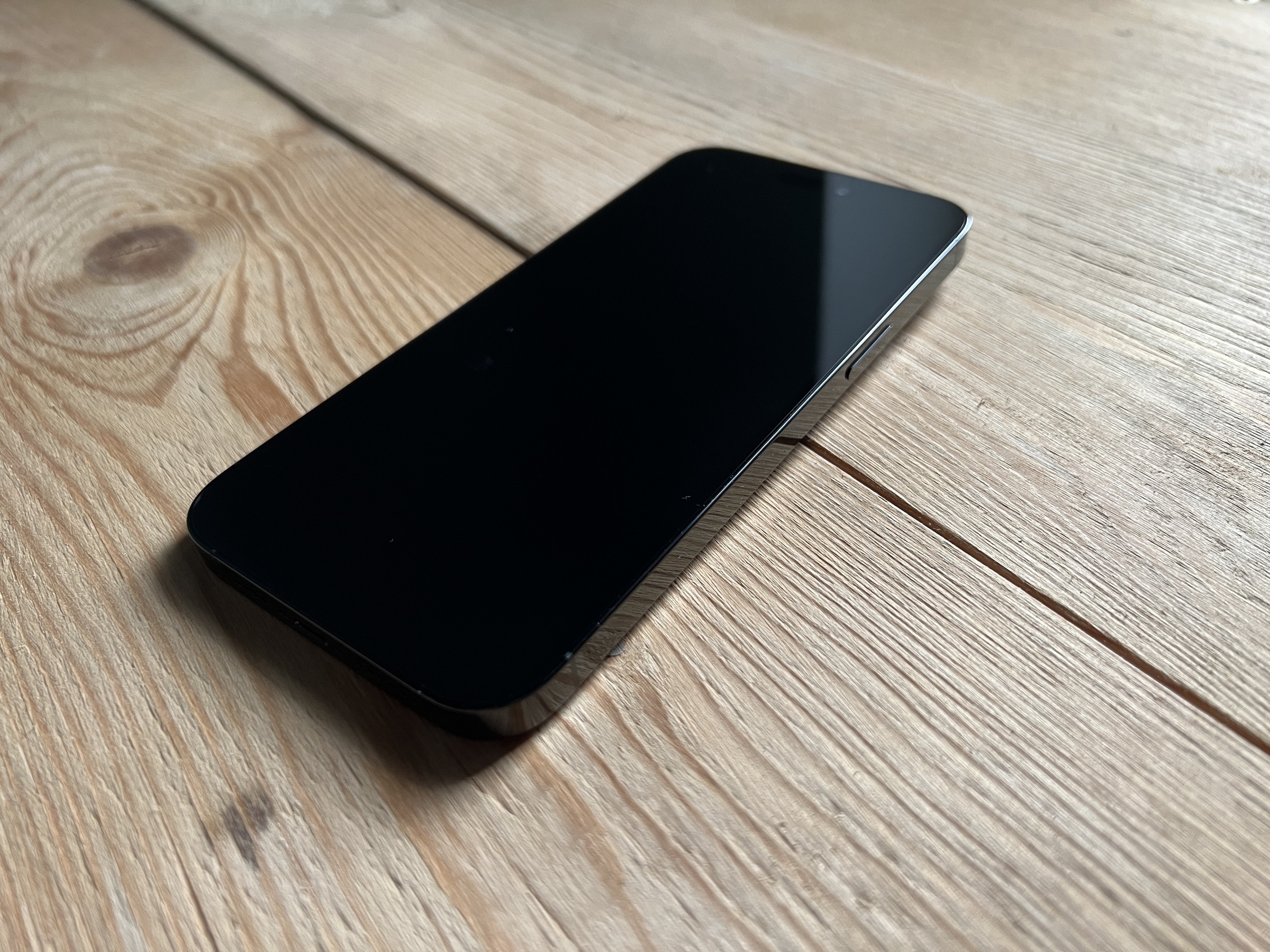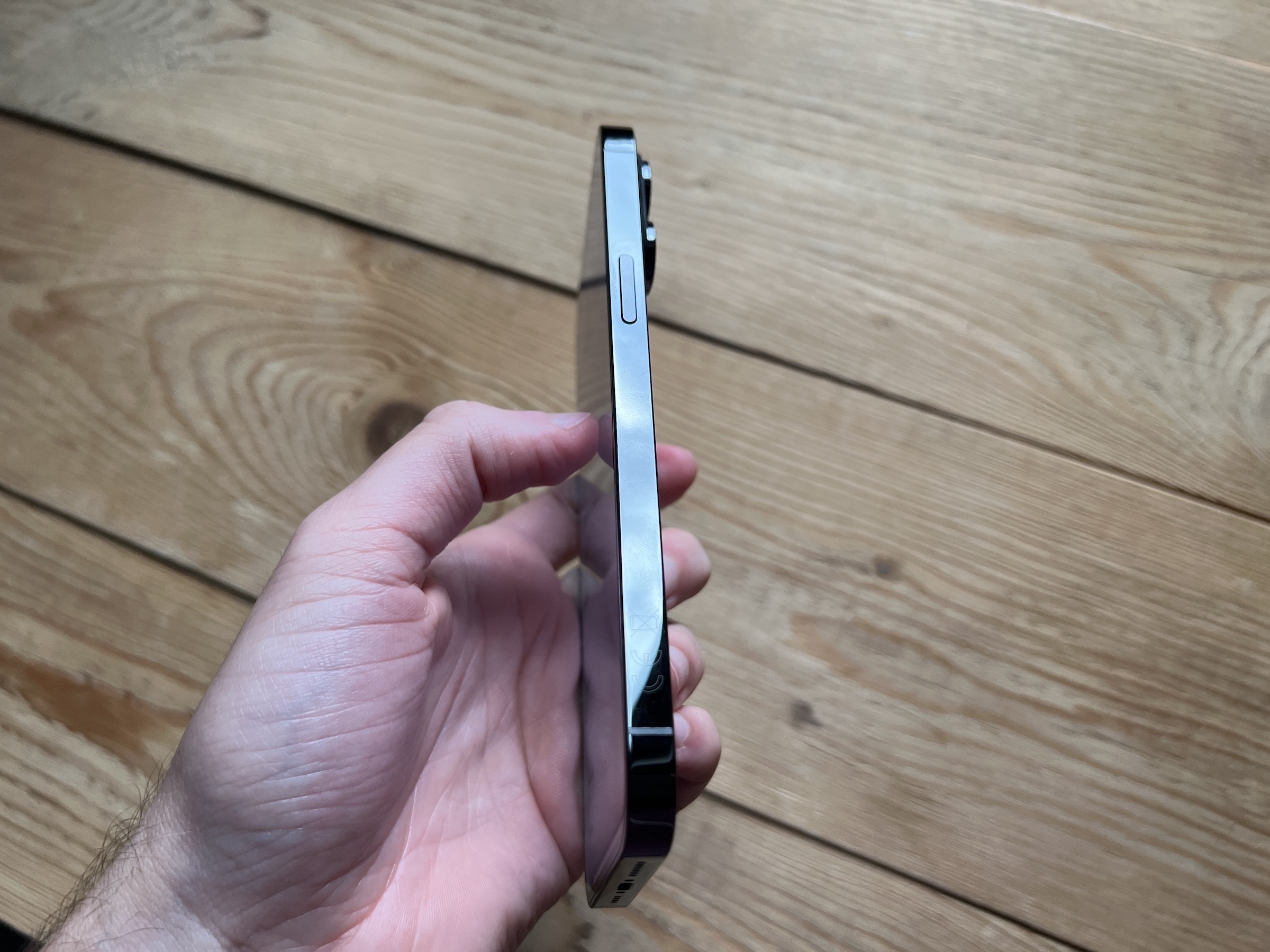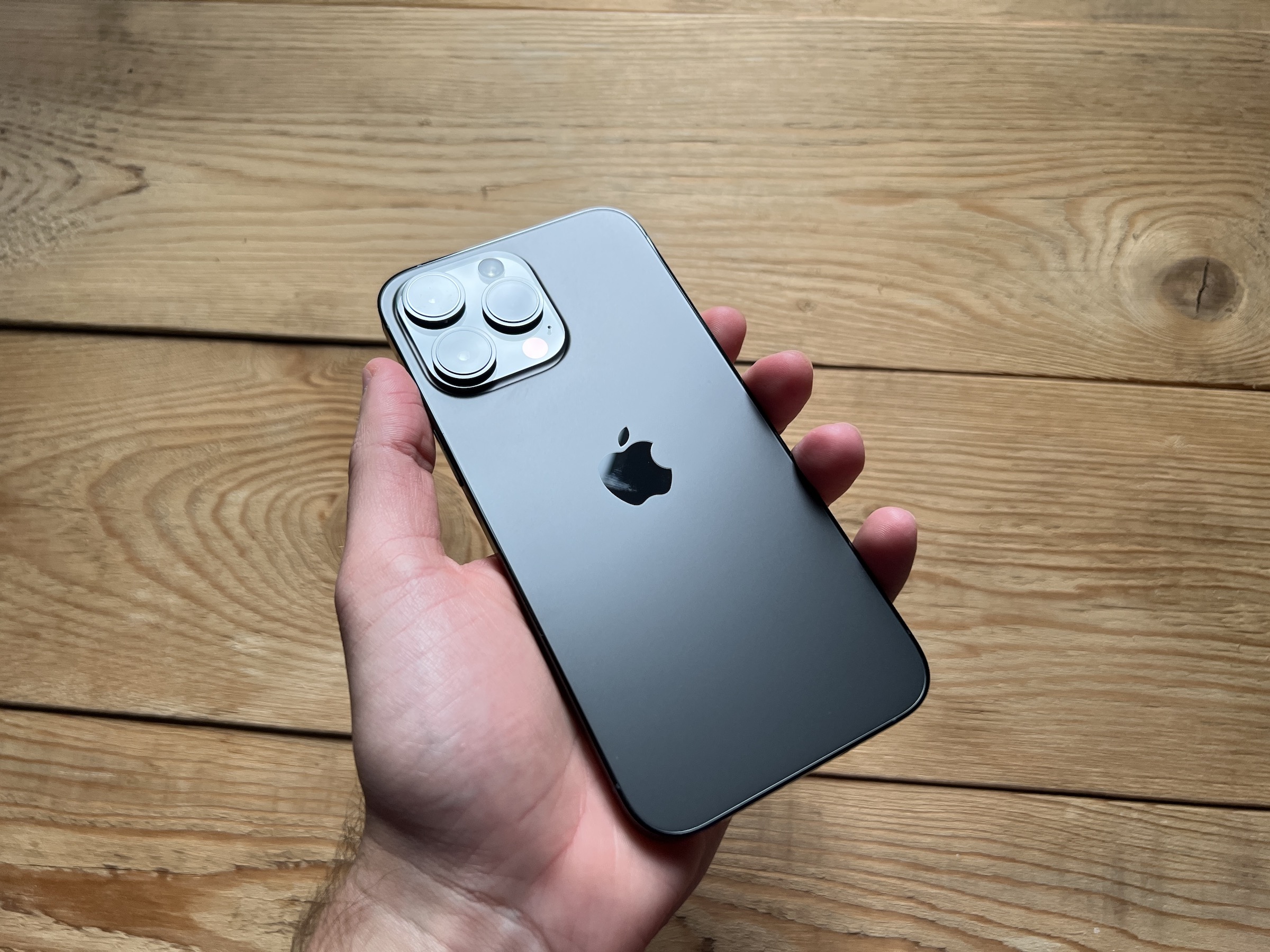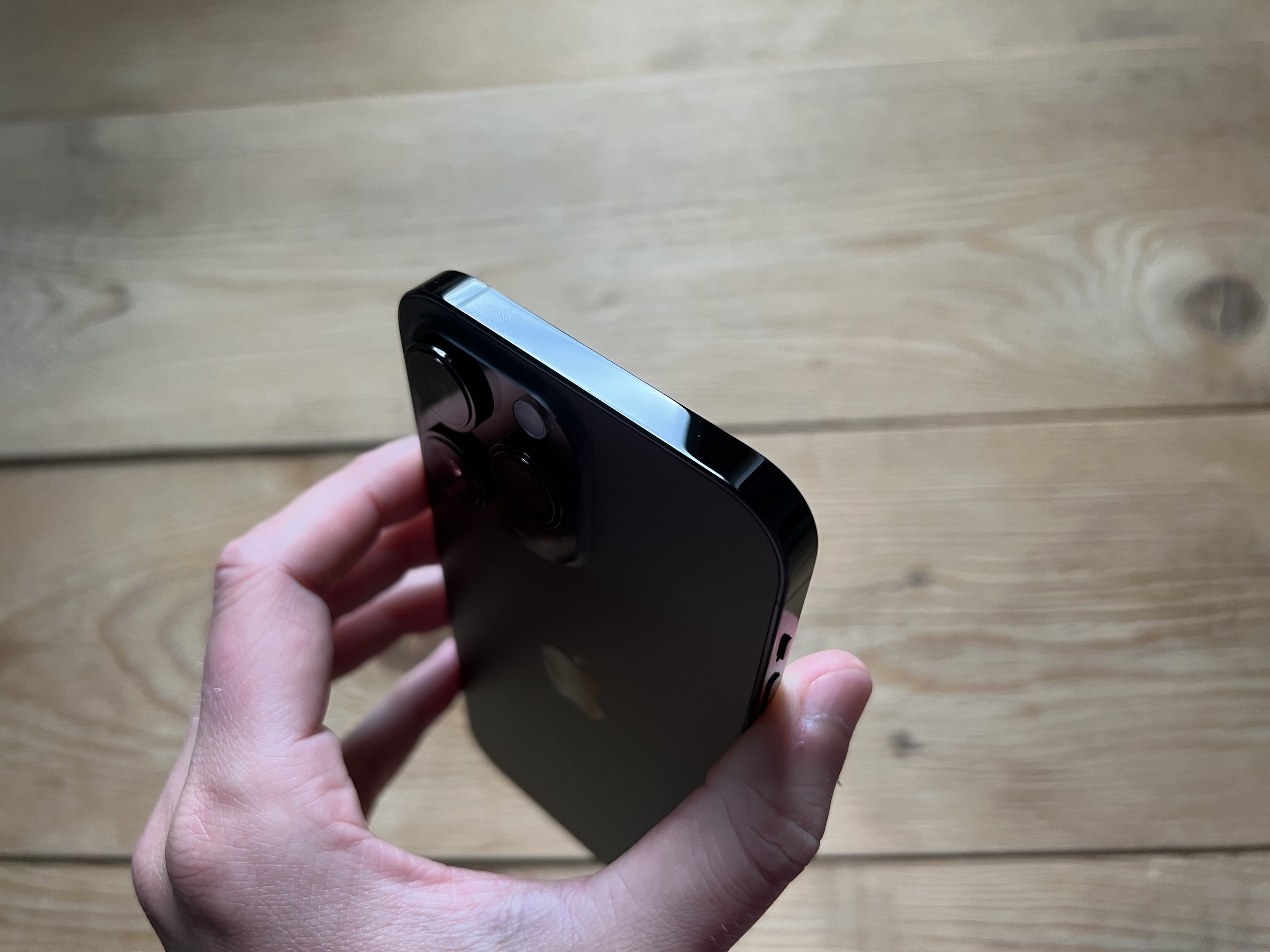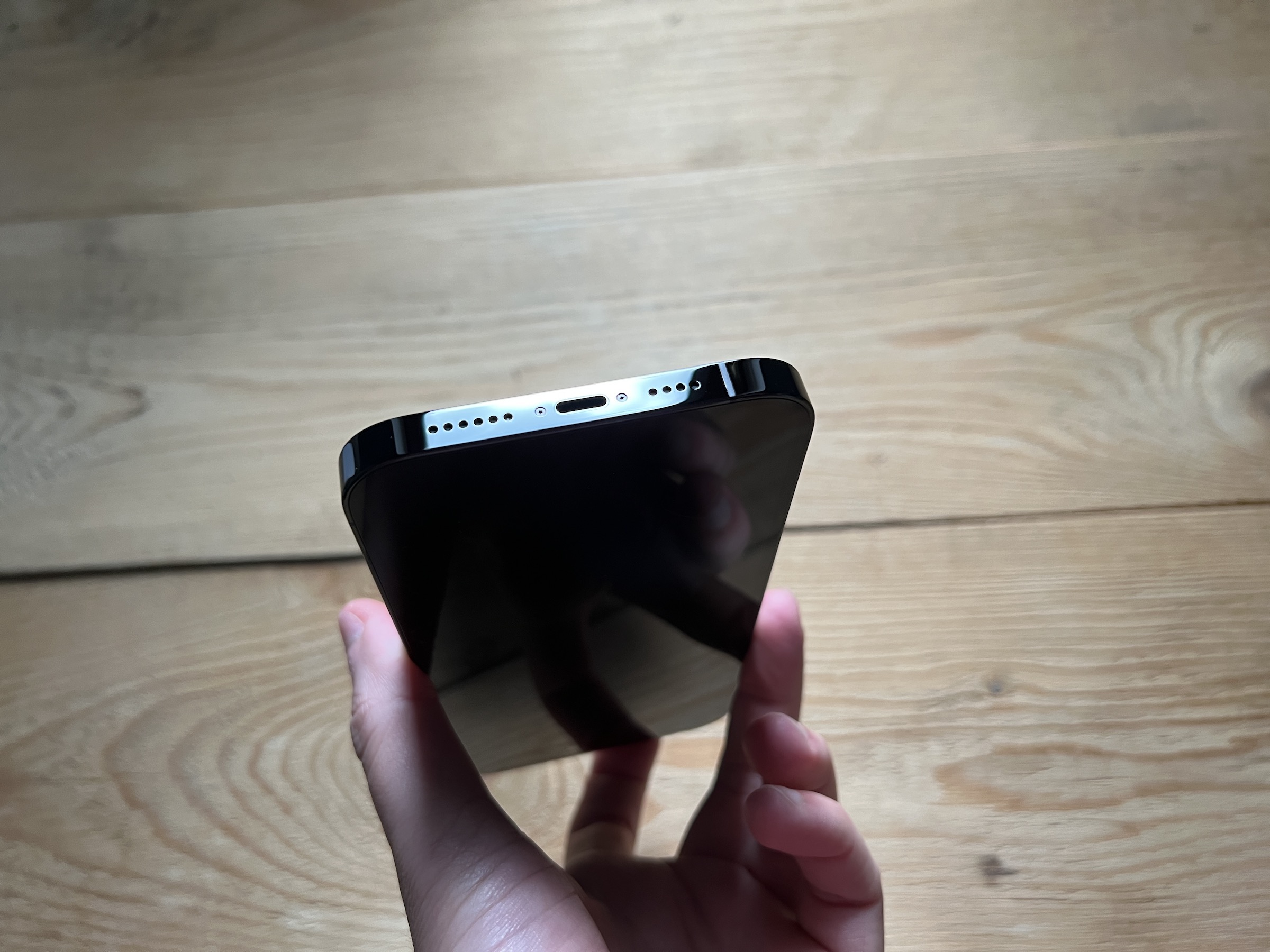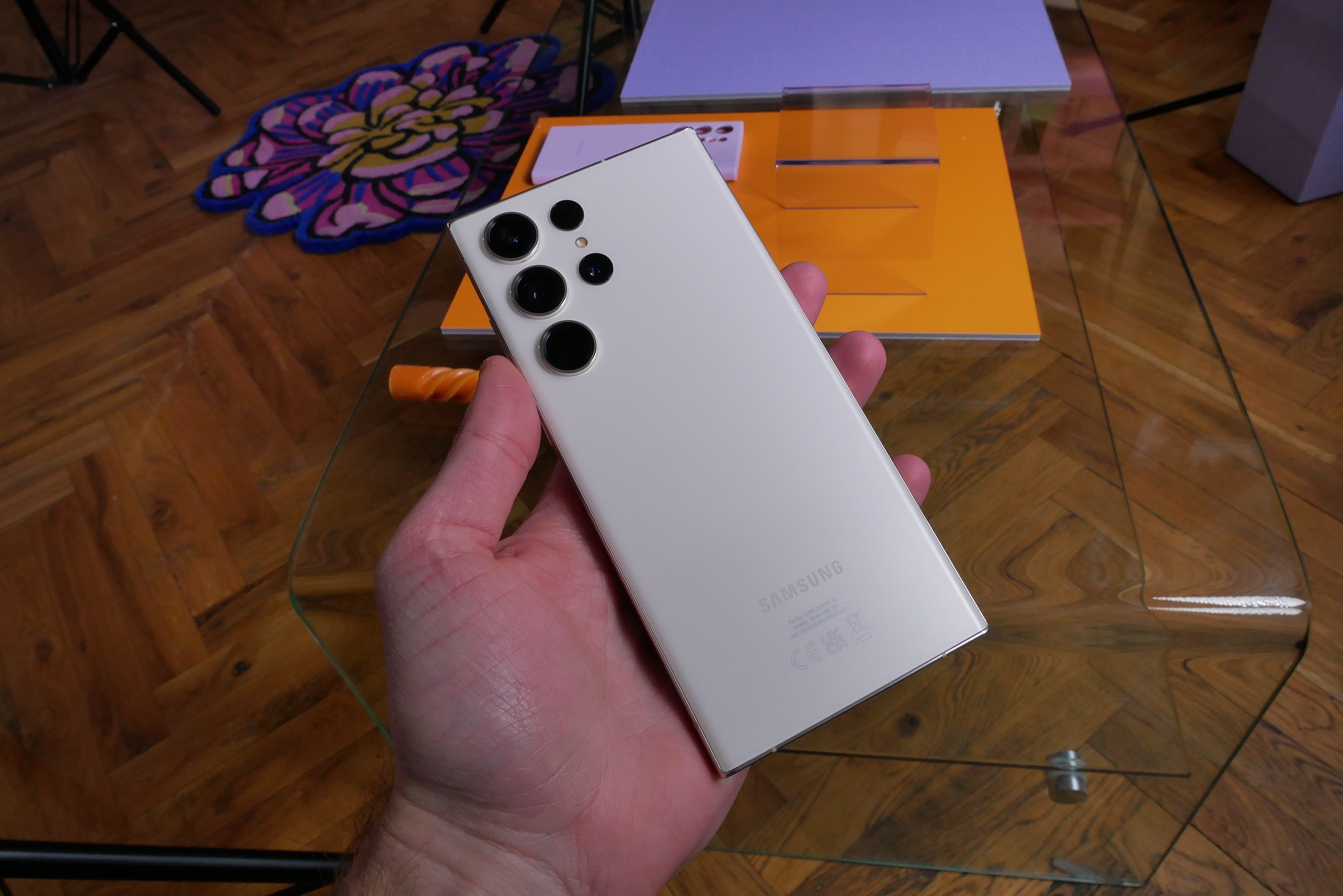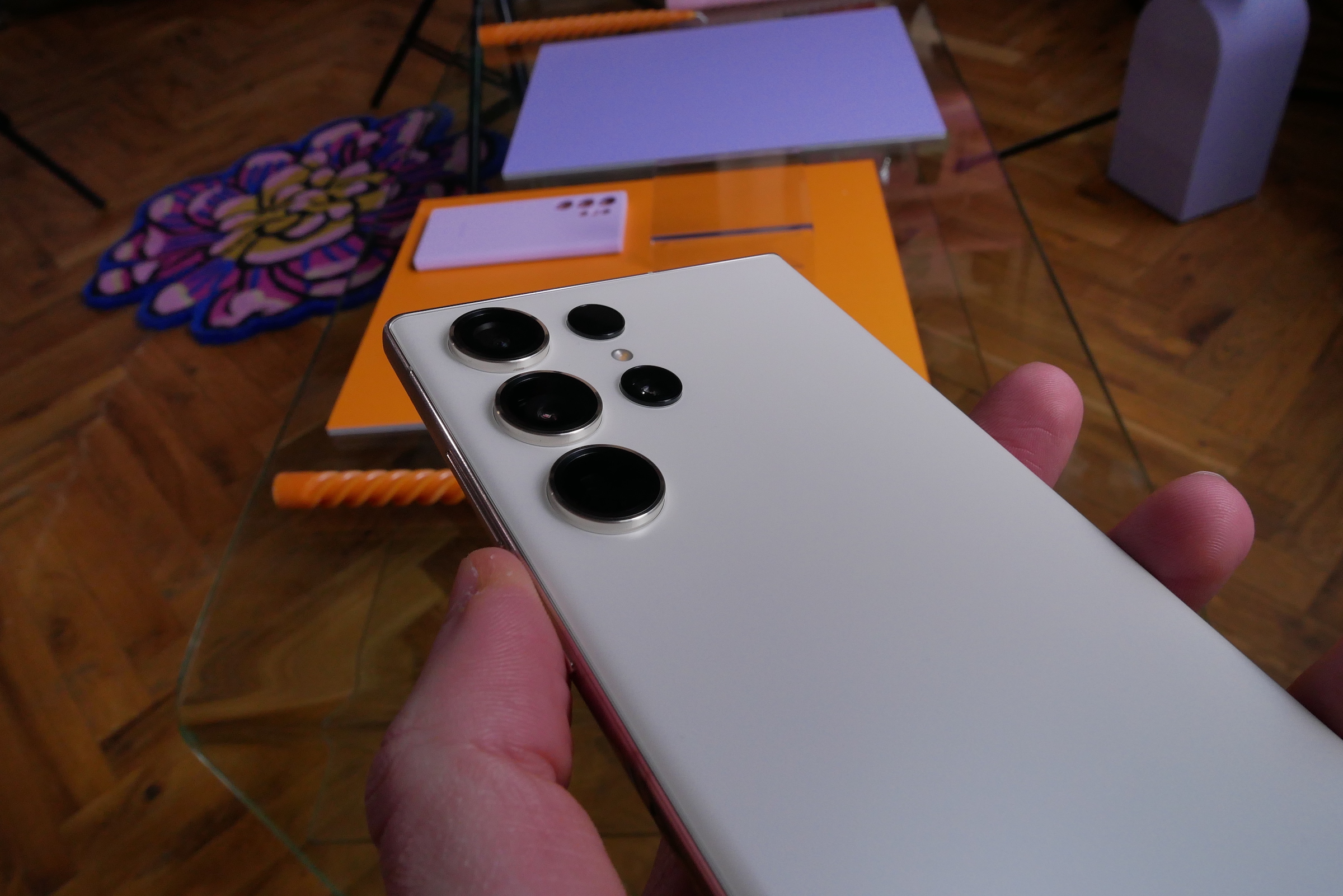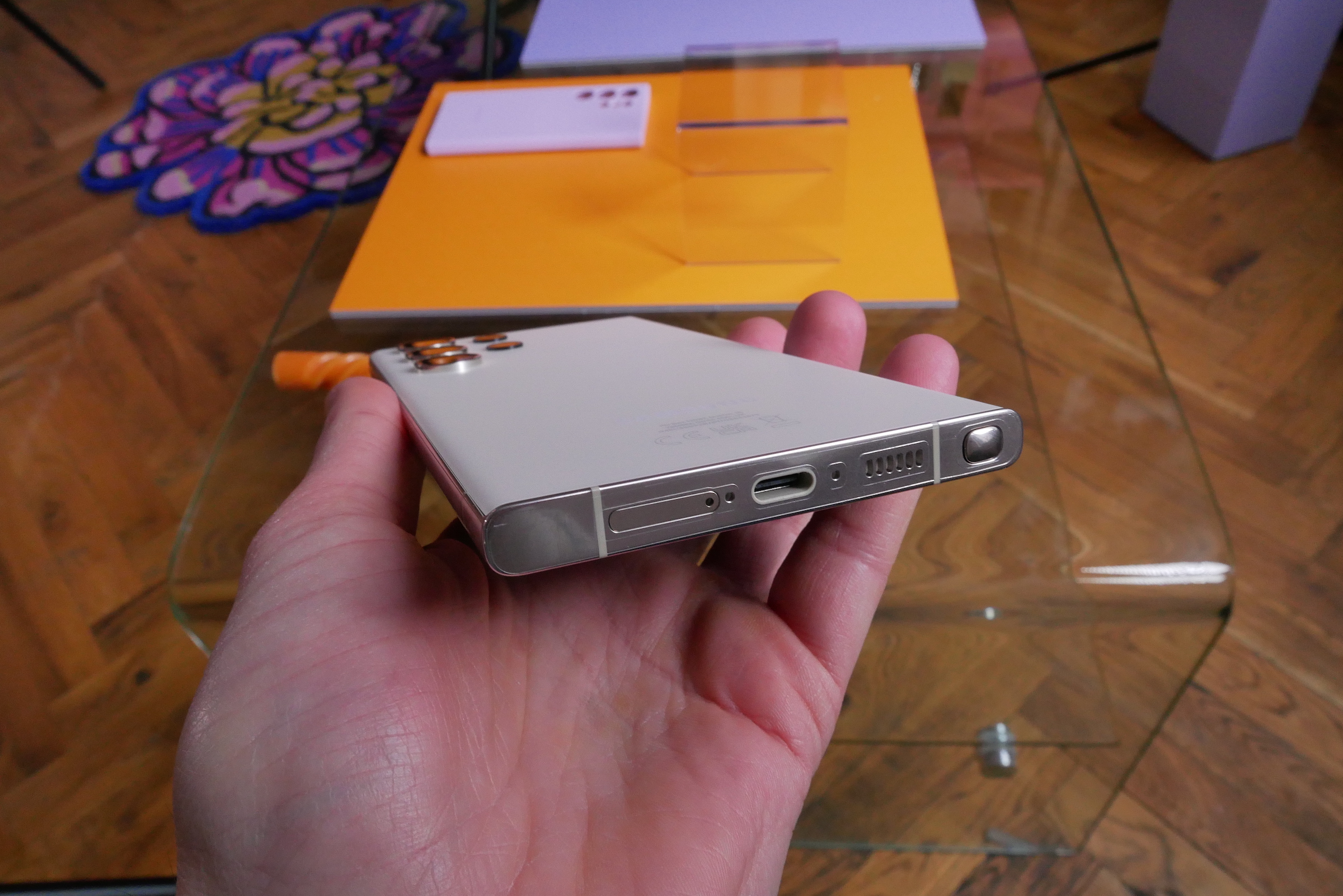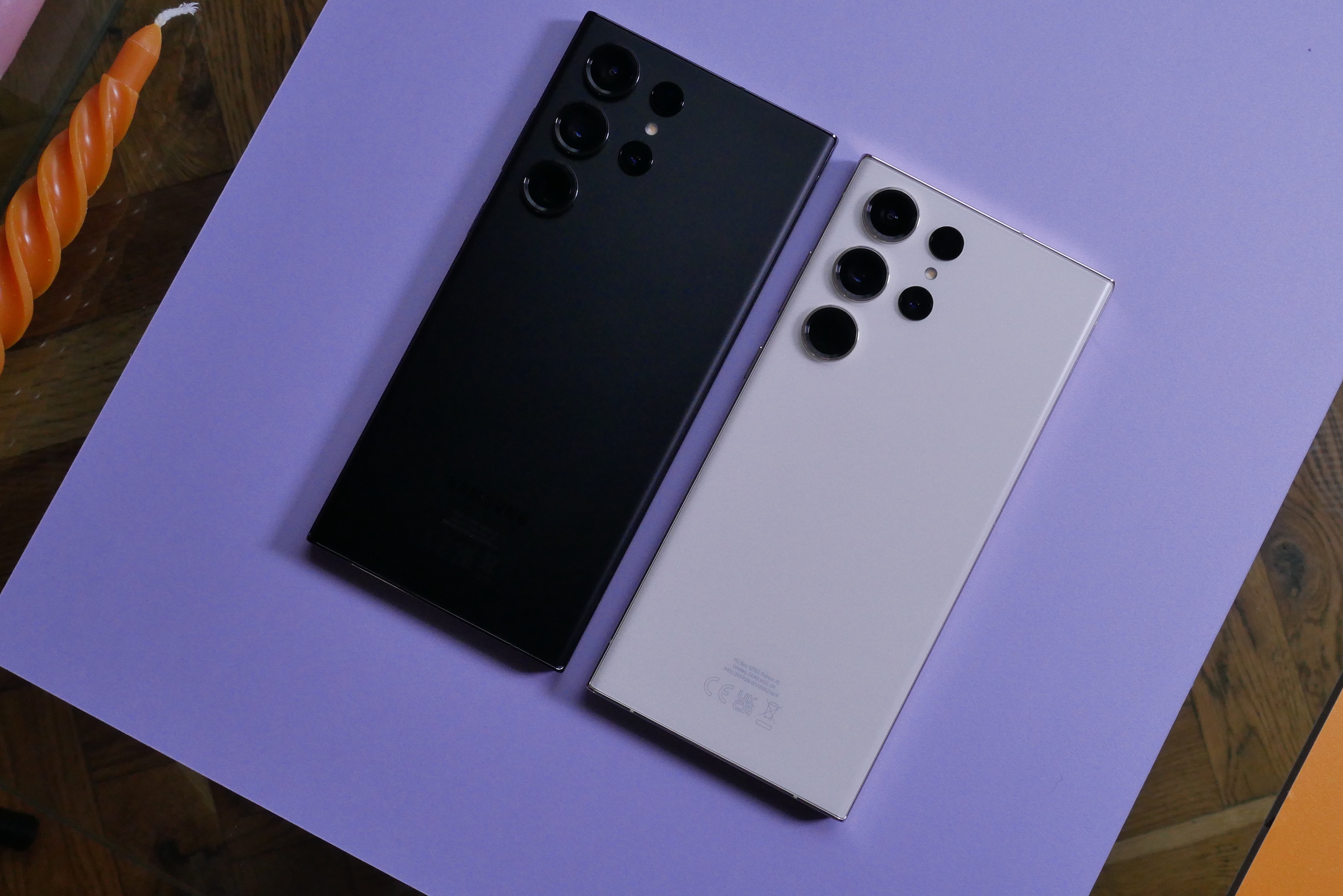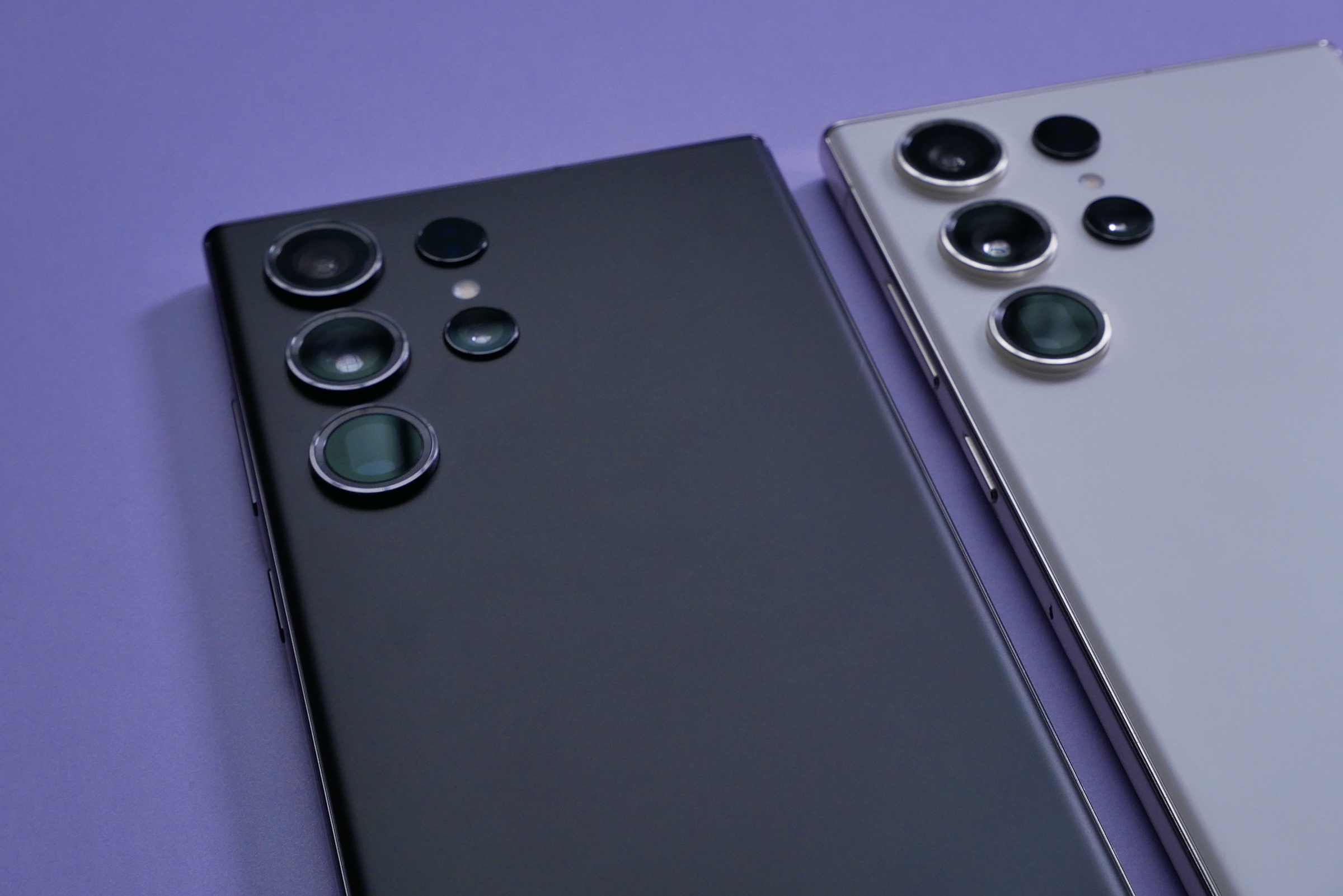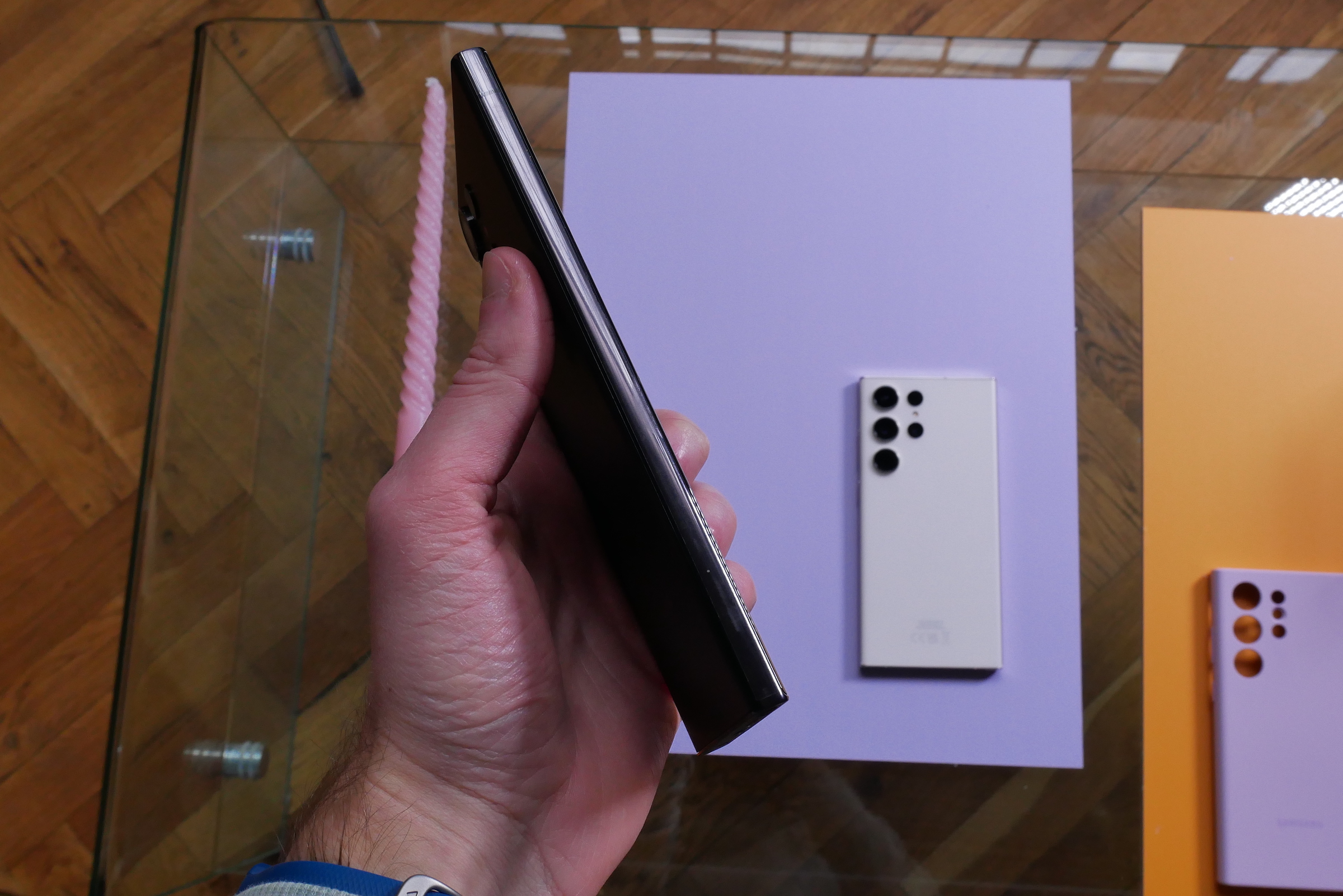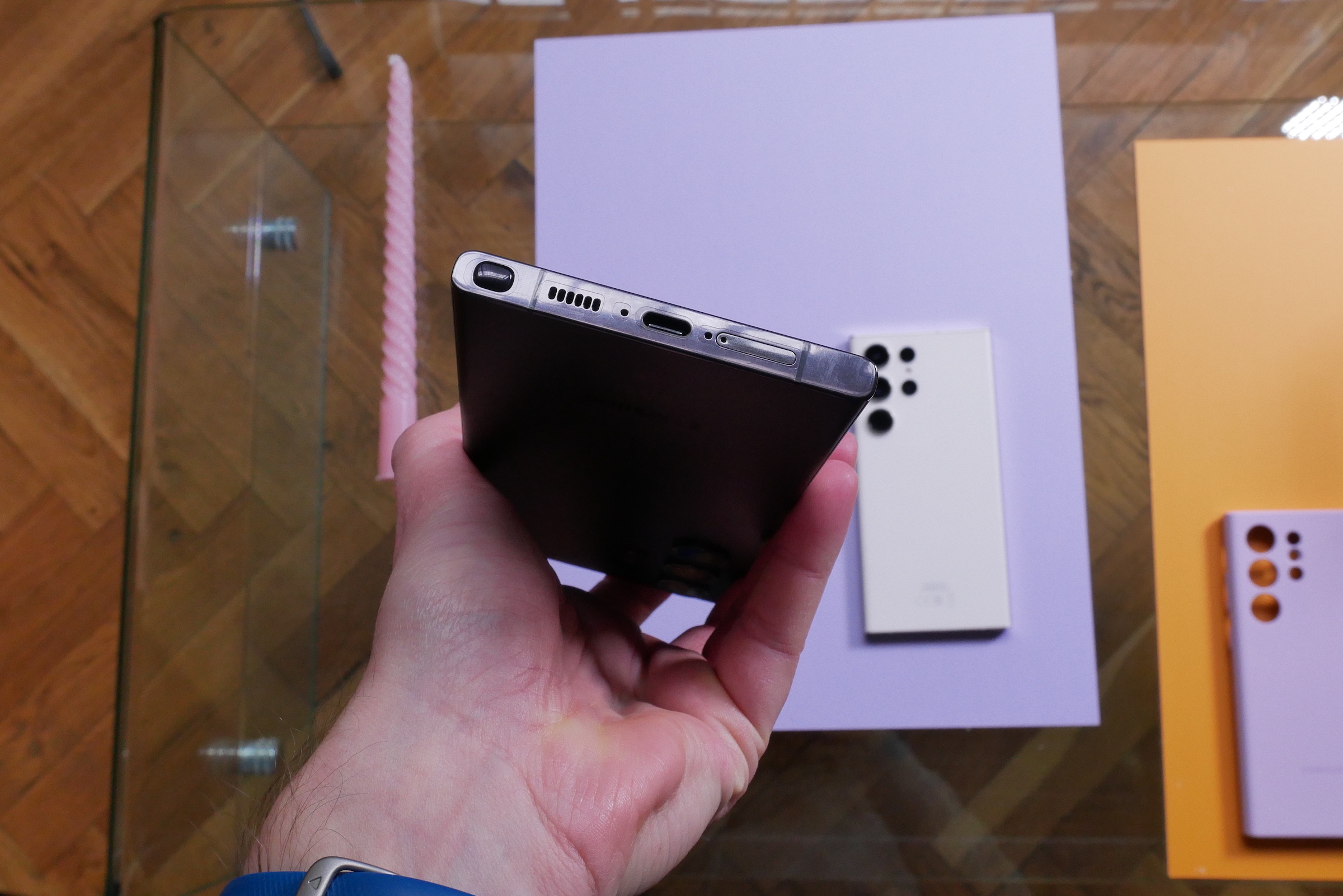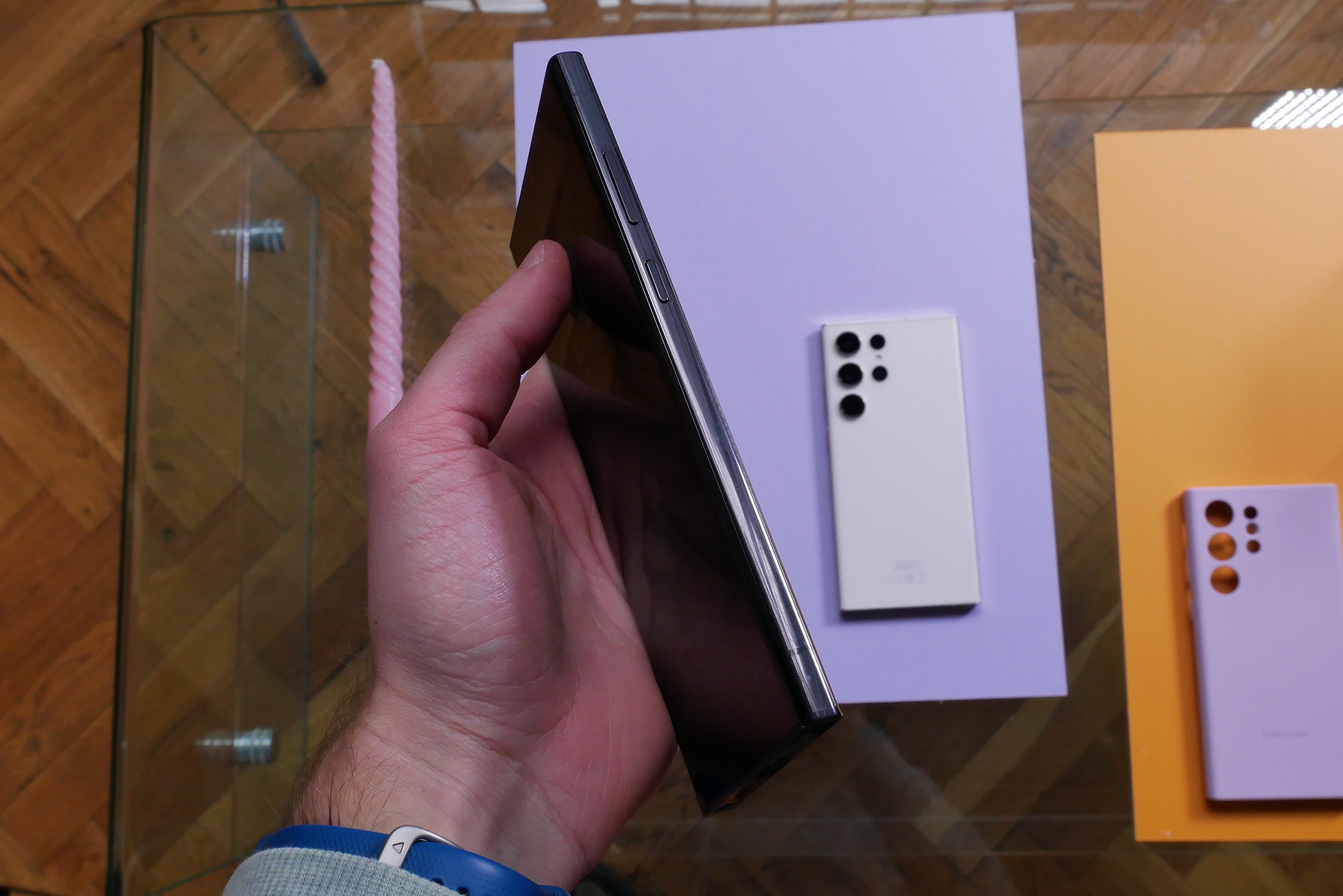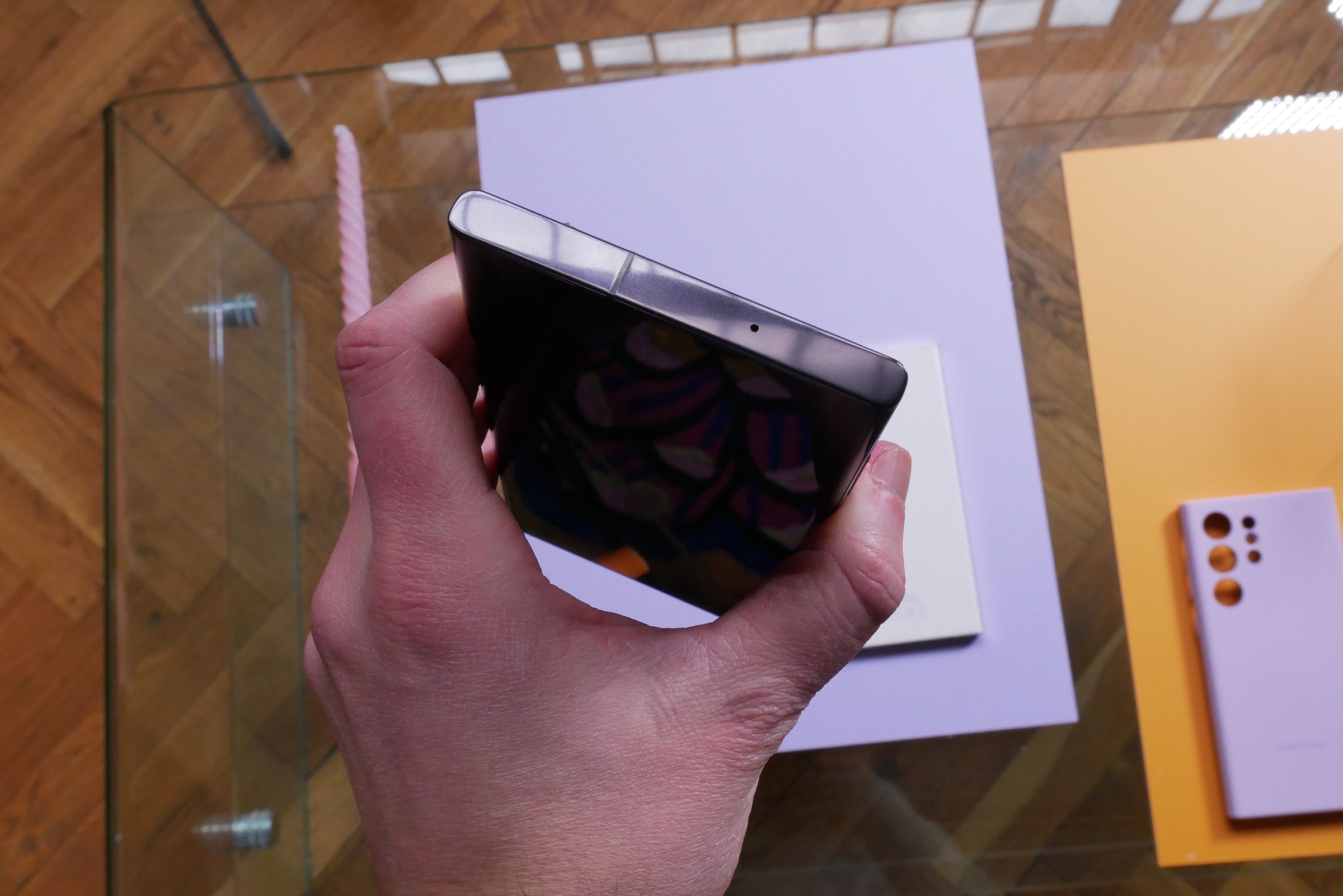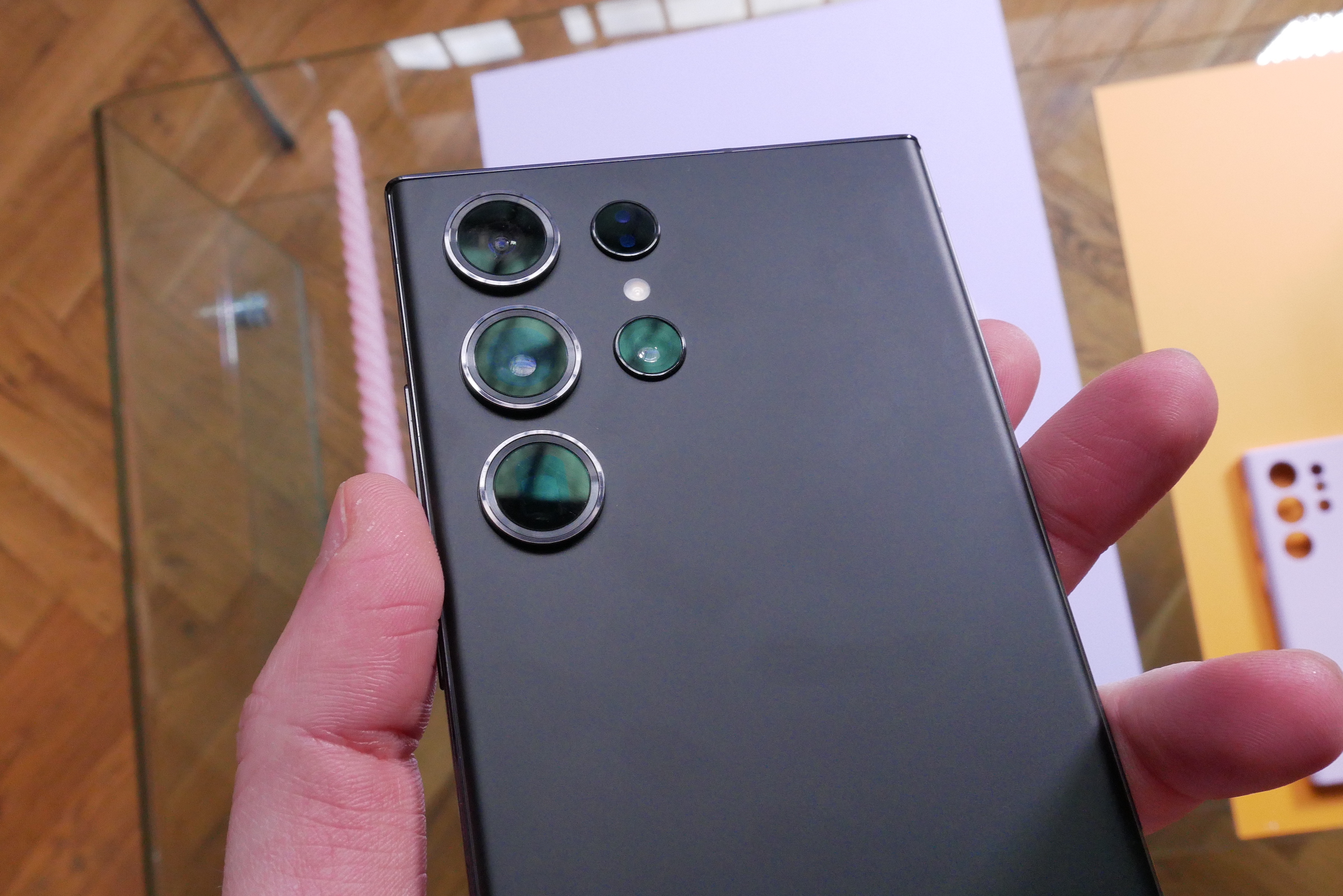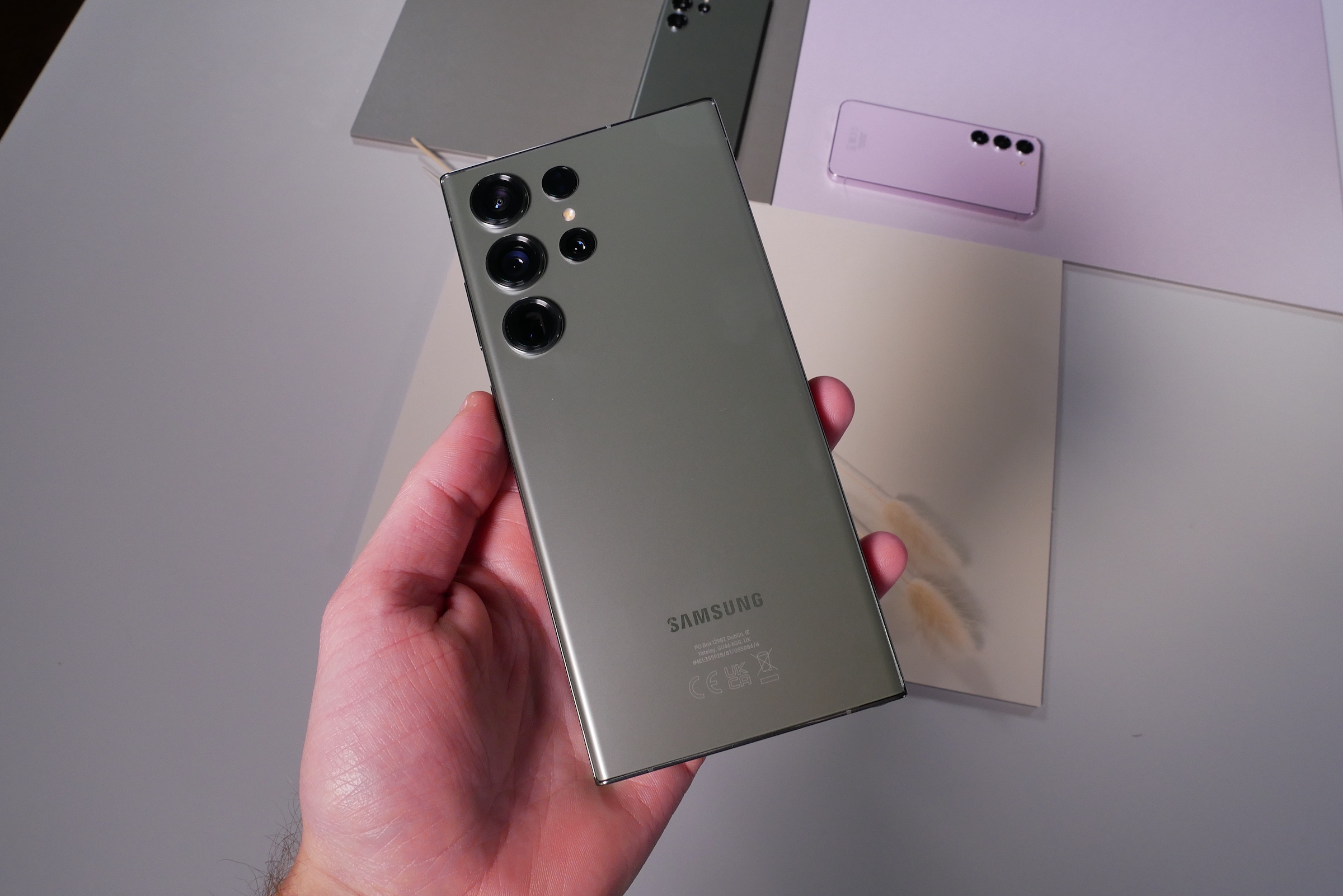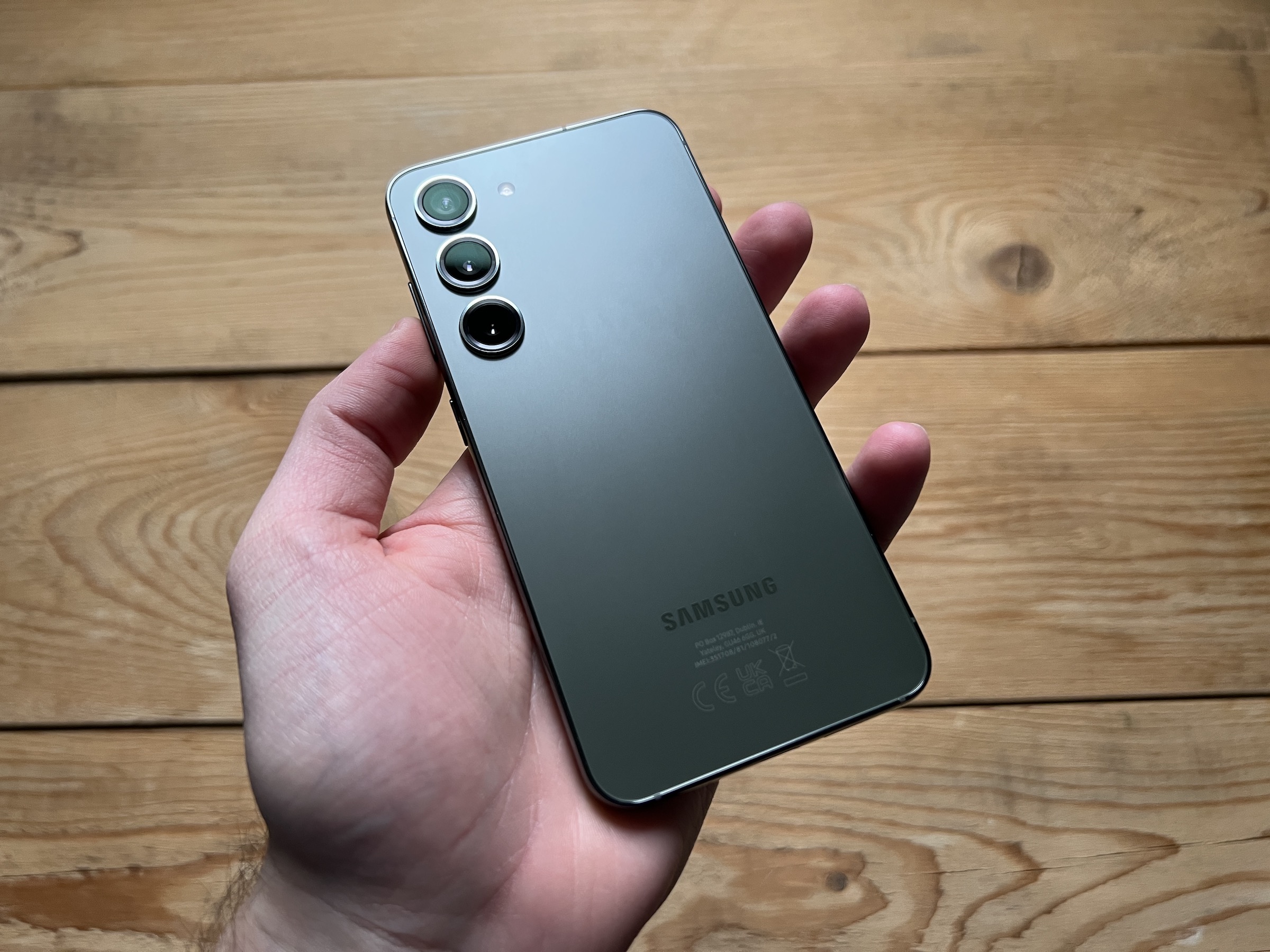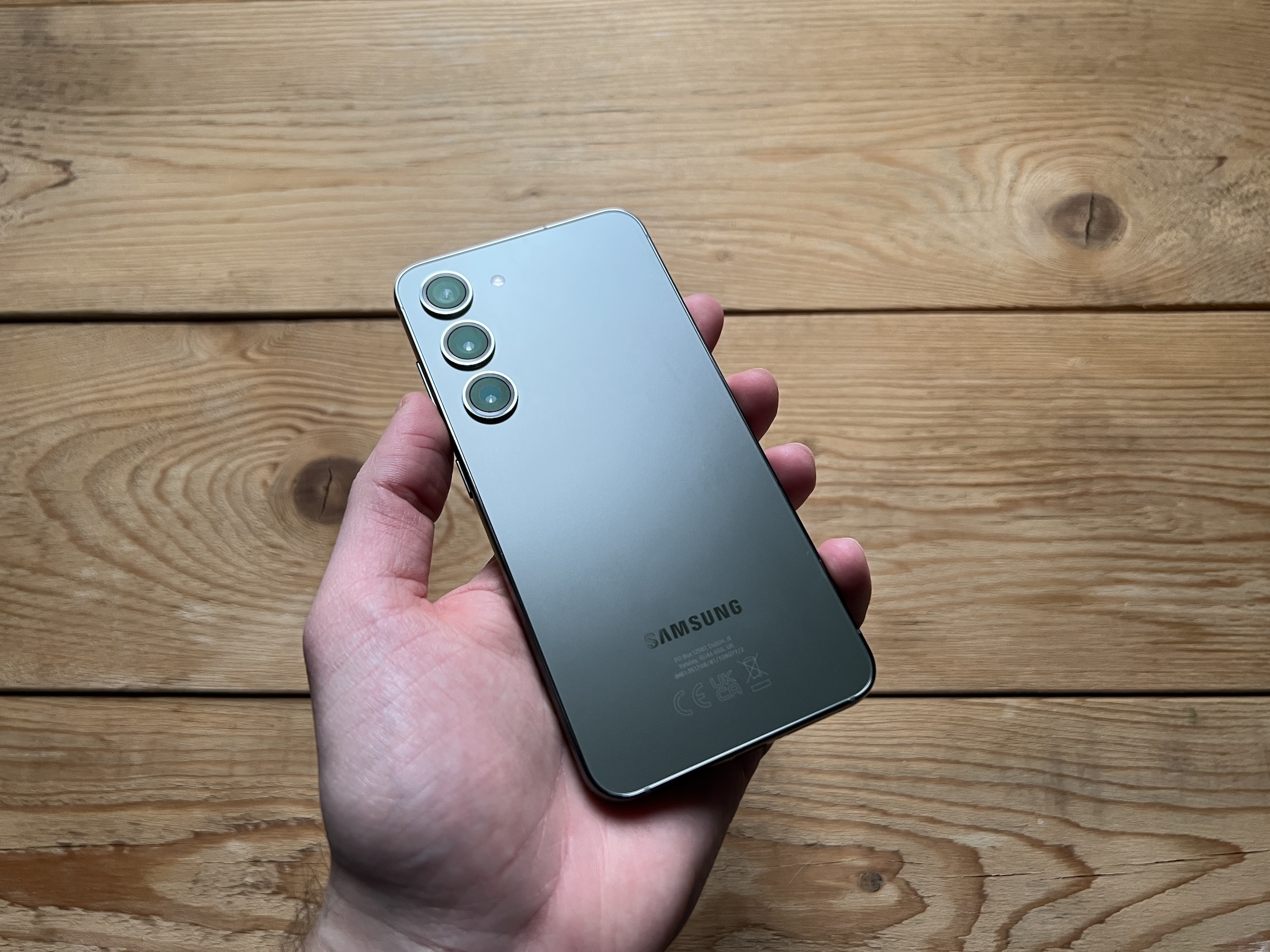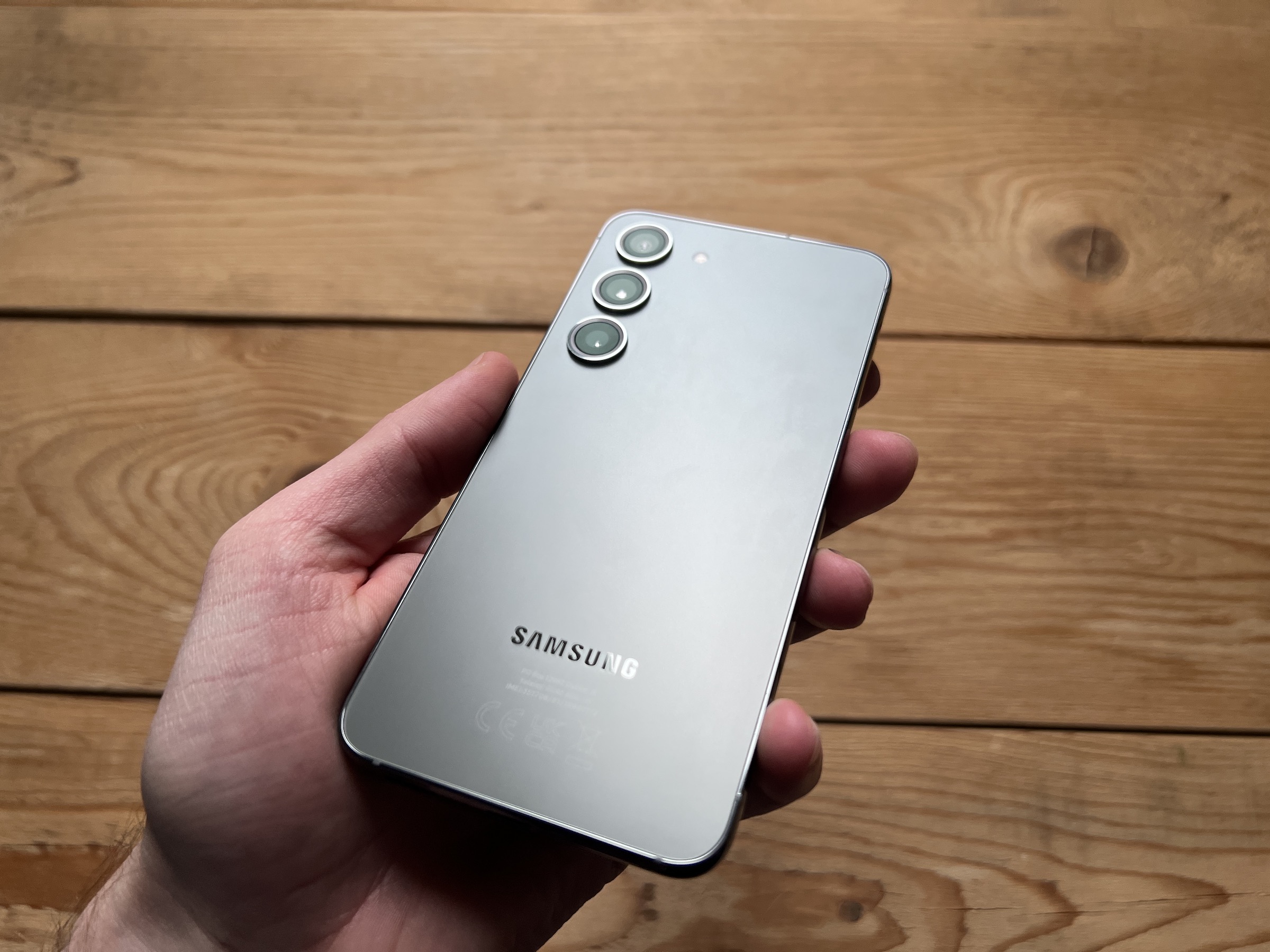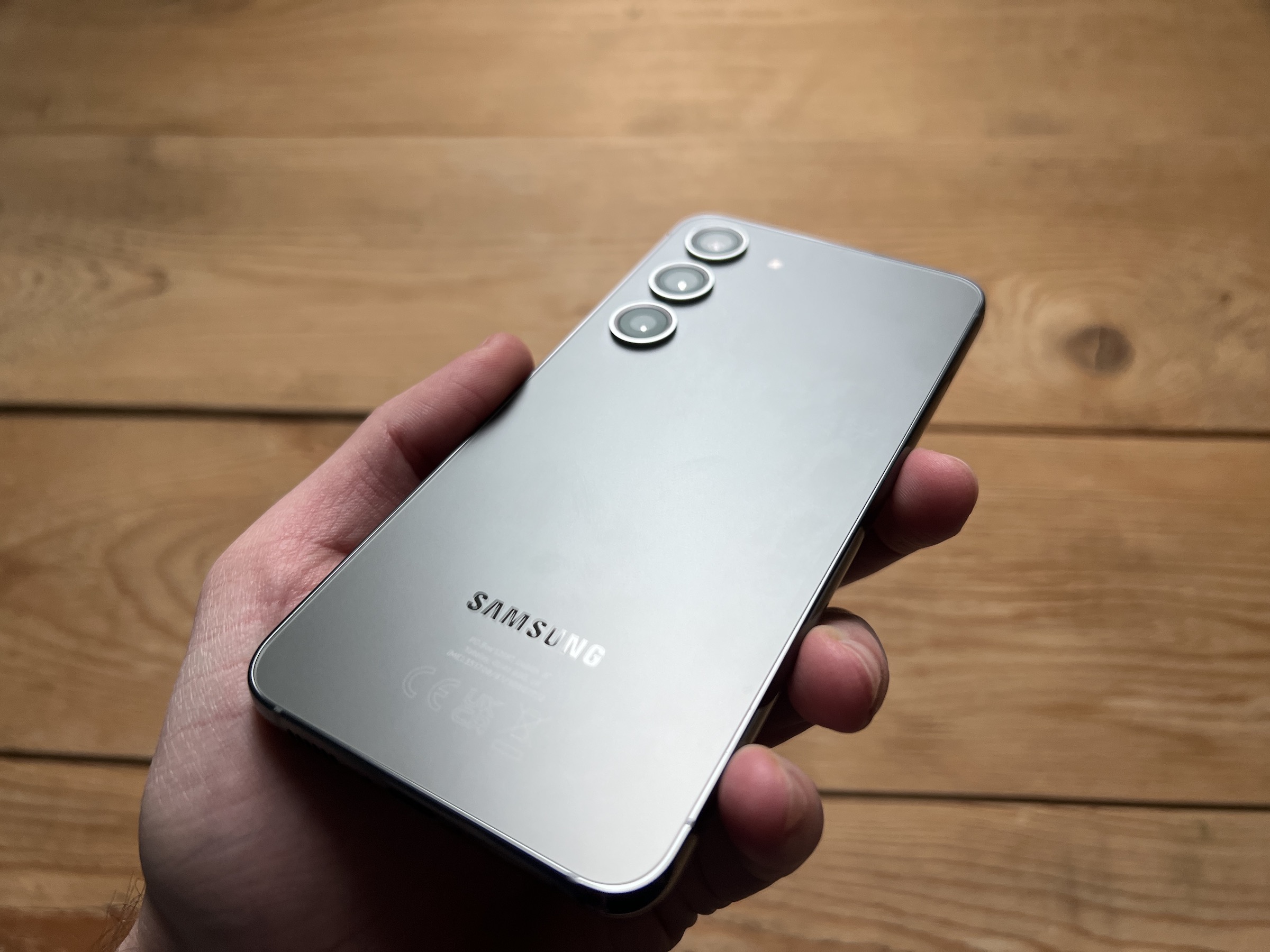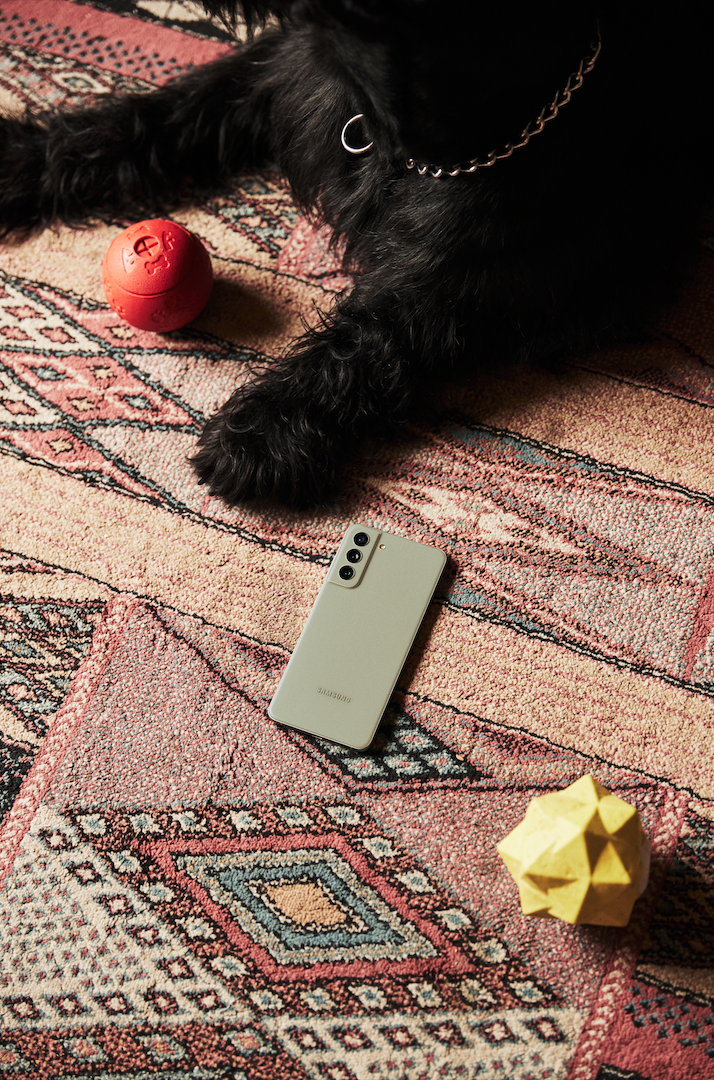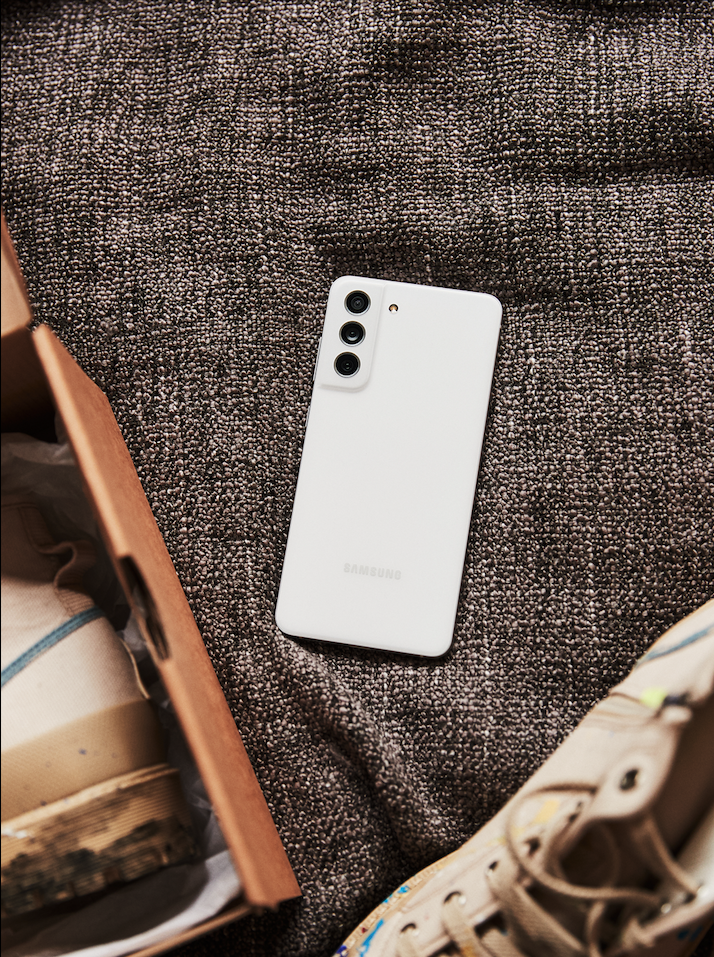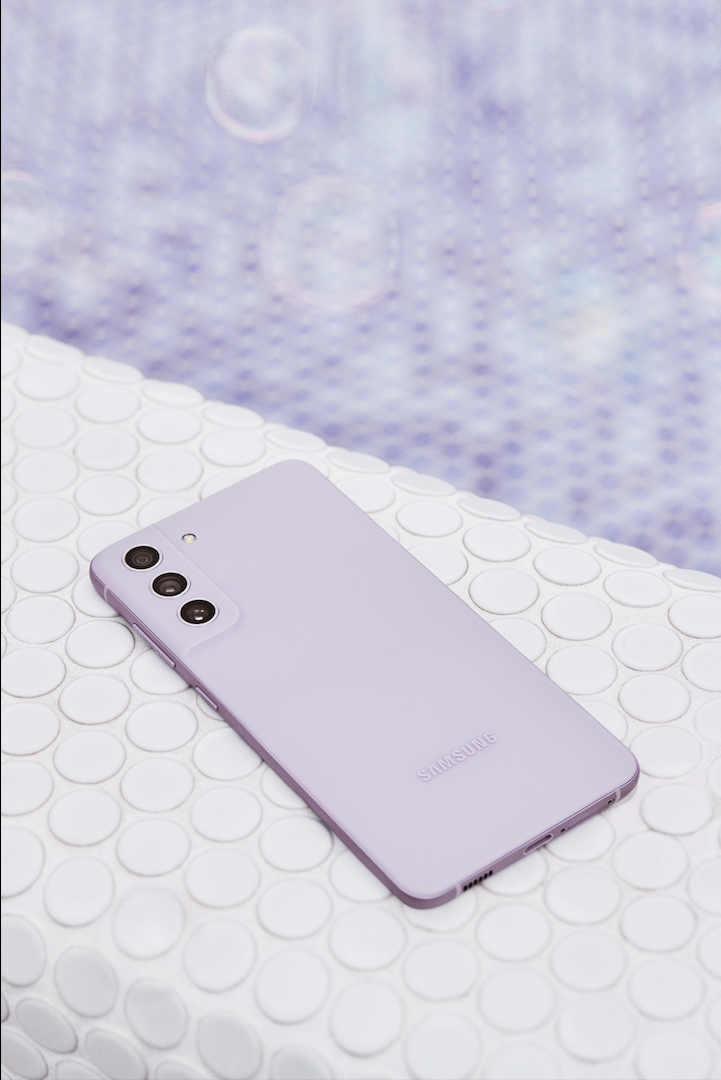When the Nokia 3310 was the king of phones, you could slowly hammer nails with it. Time has progressed, plastics have been phased out and replaced by steel, aluminum and glass. And it's a problem. Even though today's iPhones are definitely more durable than, say, an iPhone 4, they definitely don't last as long as we would like them to.
You can see what the Apple iPhone 14 Pro Max and the Samsung Galaxy S23 Ultra can do, as well as what the phones can no longer handle, in a new test from PhoneBuff. As always, it's not a very pretty sight, because this time too there will be glass shattering. It is glass that is most susceptible to damage in the event of a fall.
In the end, Samsung won the test, despite its aluminum construction. It is aluminum that is soft and it is not a problem to make scratches in it, which can easily damage even glass. The steel of the iPhone 14 Pro Max looks almost intact even after a fall. But its glass cracks more easily than Samsung's. He equipped his Galaxy S23 series with the latest and most durable Gorilla Glass Victus 2, and it can be seen that the technology has moved on a bit.
Instead, the iPhone 14 Pro Max still has the old familiar Ceramic Shield glass on the front and the so-called Dual-Ion glass on the back, and as you can probably guess, it doesn't last as long as Samsung's. But why is it necessary to put glass on the back of premium smartphones?
It could be interest you

Is plastic the solution?
The iPhone 4 already came with it, and then the iPhone 4S also included glass on the back. Whoever thought of it at Apple (probably Jony Ivo at the time) was just a design thing. Such a phone looked luxurious after all. But if you owned these generations, you must have broken their backs as well (I personally at least twice). This glass was so fragile that basically it was enough to bump it against the corner of the table, and even if you had your phone in your pocket, the glass would "spill out".
The iPhone 8 and iPhone X were the next to come with an entire back panel made of glass. Here, however, the glass already had its justification, as it allowed wireless charging to pass through. And that's actually the only reason why manufacturers now put it on the back of their devices. But Samsung (and many others) tried it in a different way. For its cheaper version of the Galaxy S21, nicknamed FE, it made its back plastic. And it worked.
Plastic is cheaper than glass, as well as being lighter, allowing wireless charging to pass through seamlessly. The fact that it doesn't just break when it falls, because it's not so fragile, also plays into its favor. In addition, if Apple used it, it could also play an ecological note to its customers, as this plastic is 100% recycled, 100% recyclable and with zero burden on the planet. But the days of plastic premium phones are over.
It could be interest you
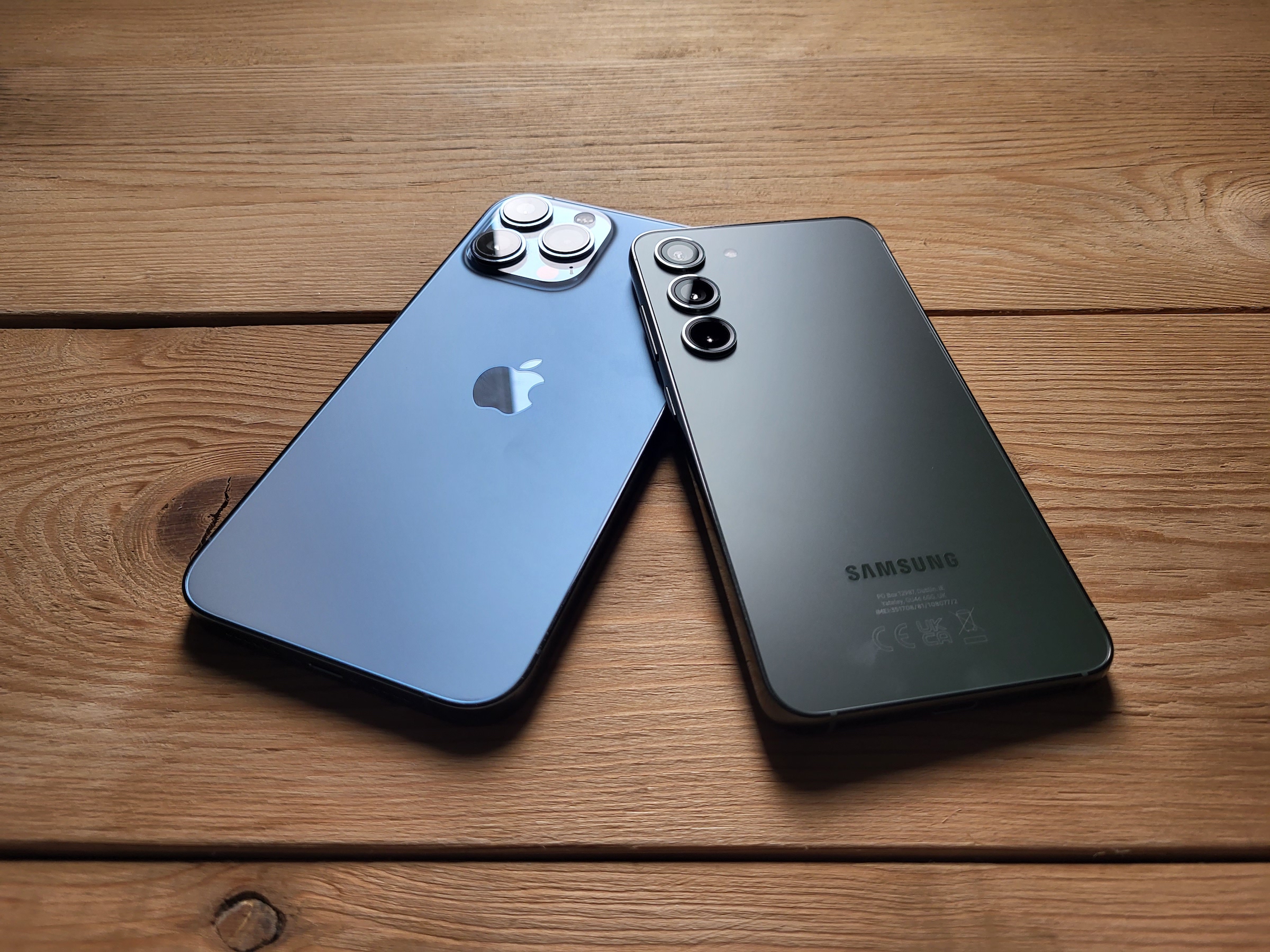
What will be next?
All you have to do is pick up a Galaxy A53 5G from Samsung at a price of over CZK 10 and you know that you wouldn't want such an iPhone. The plastic back and plastic frames give an unpleasant feeling that you are holding something inferior in your hand. It's sad, but from the point of view of an angry long-time iPhone user, it's just the plain truth. Then when you try the Galaxy S21 FE, at least you have an aluminum frame here, although its plastic back doesn't make a very good impression either, when you press it with your finger, it bends when you press it with a finger, when it has a lot of micro hairpins on the table. And here we come to the most important thing.
If Apple stopped giving their iPhones wireless charging, they probably wouldn't go back to plastic, not even with the iPhone SE. His last plastic iPhone was the iPhone 5C, and it wasn't very successful. Then came the generation of iPhones, which had aluminum backs divided only by strips to shield the antennas, so if it were, we would have this unibody solution again. Until some new and suitably pleasing material is invented, we probably won't get rid of glass on the backs of phones. We can only hope that manufacturers will constantly improve them and make them more durable. And then of course there are the covers…
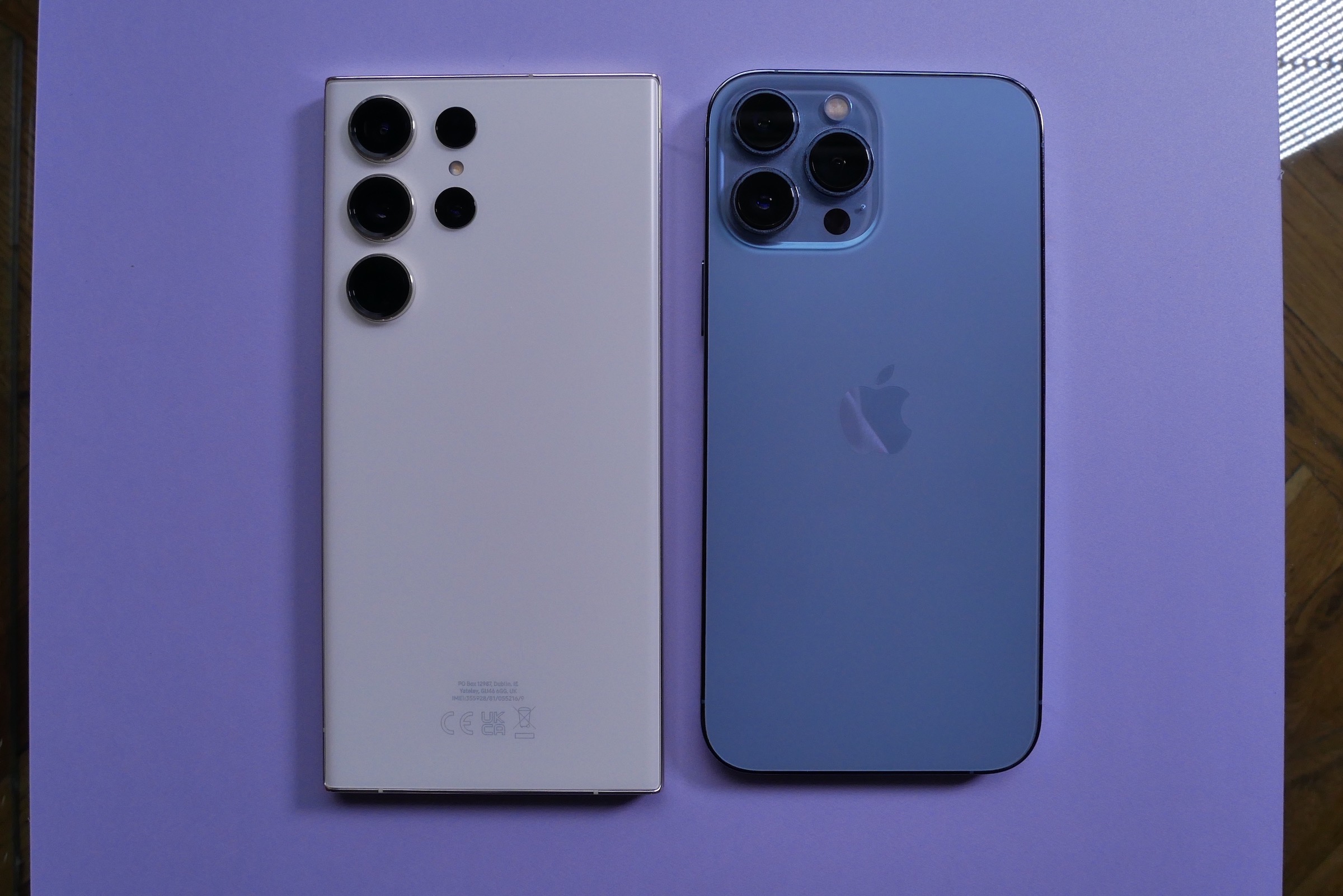

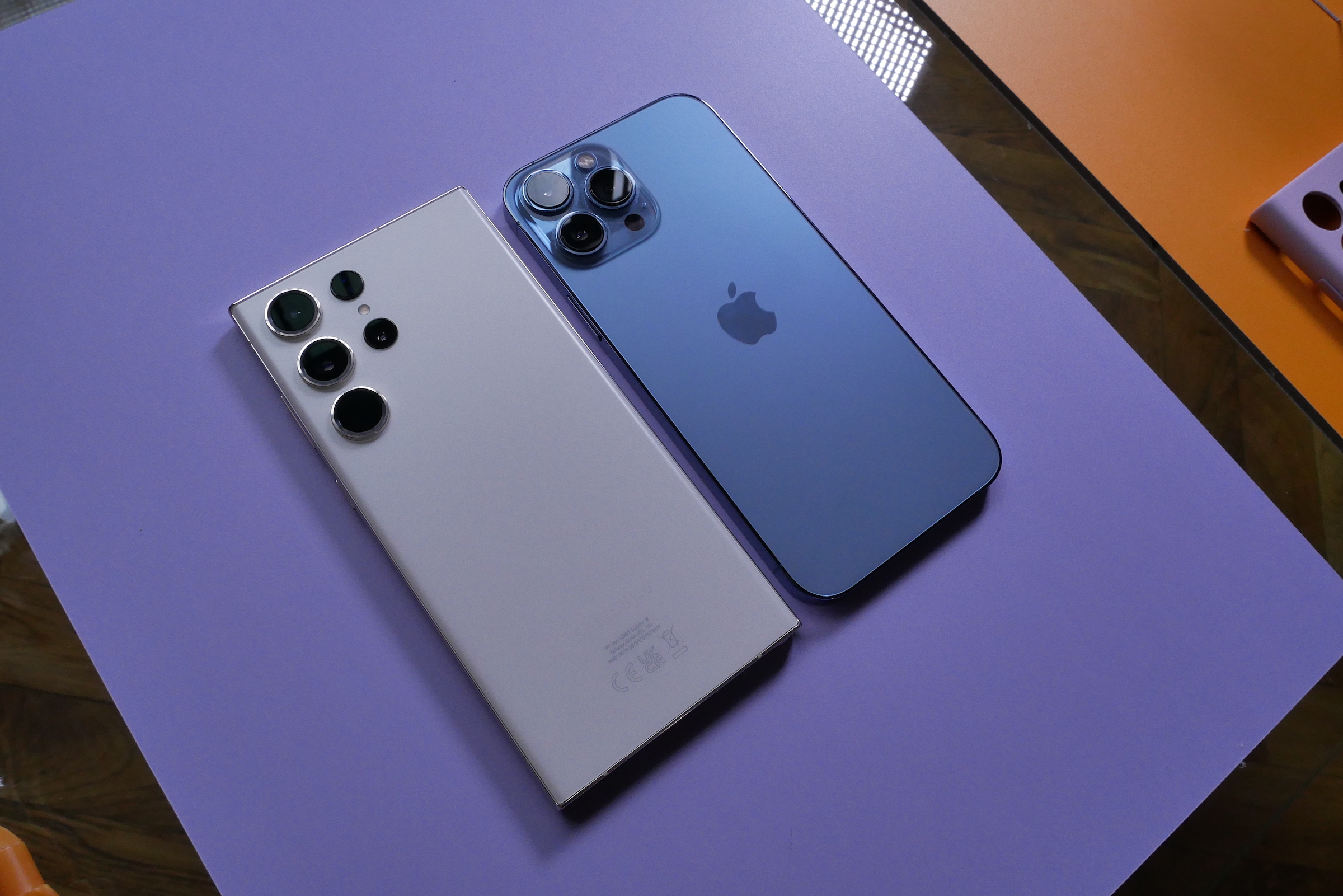


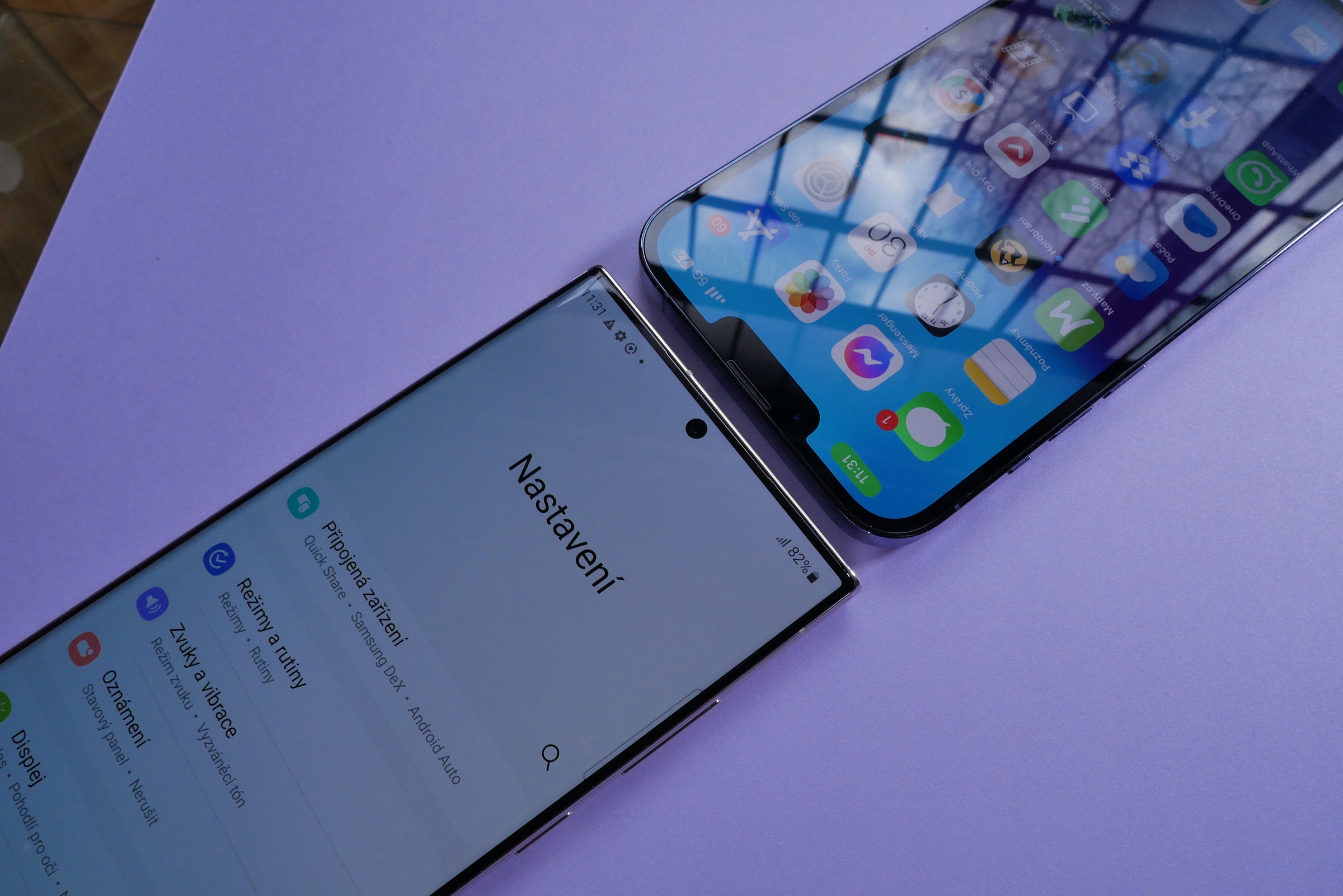
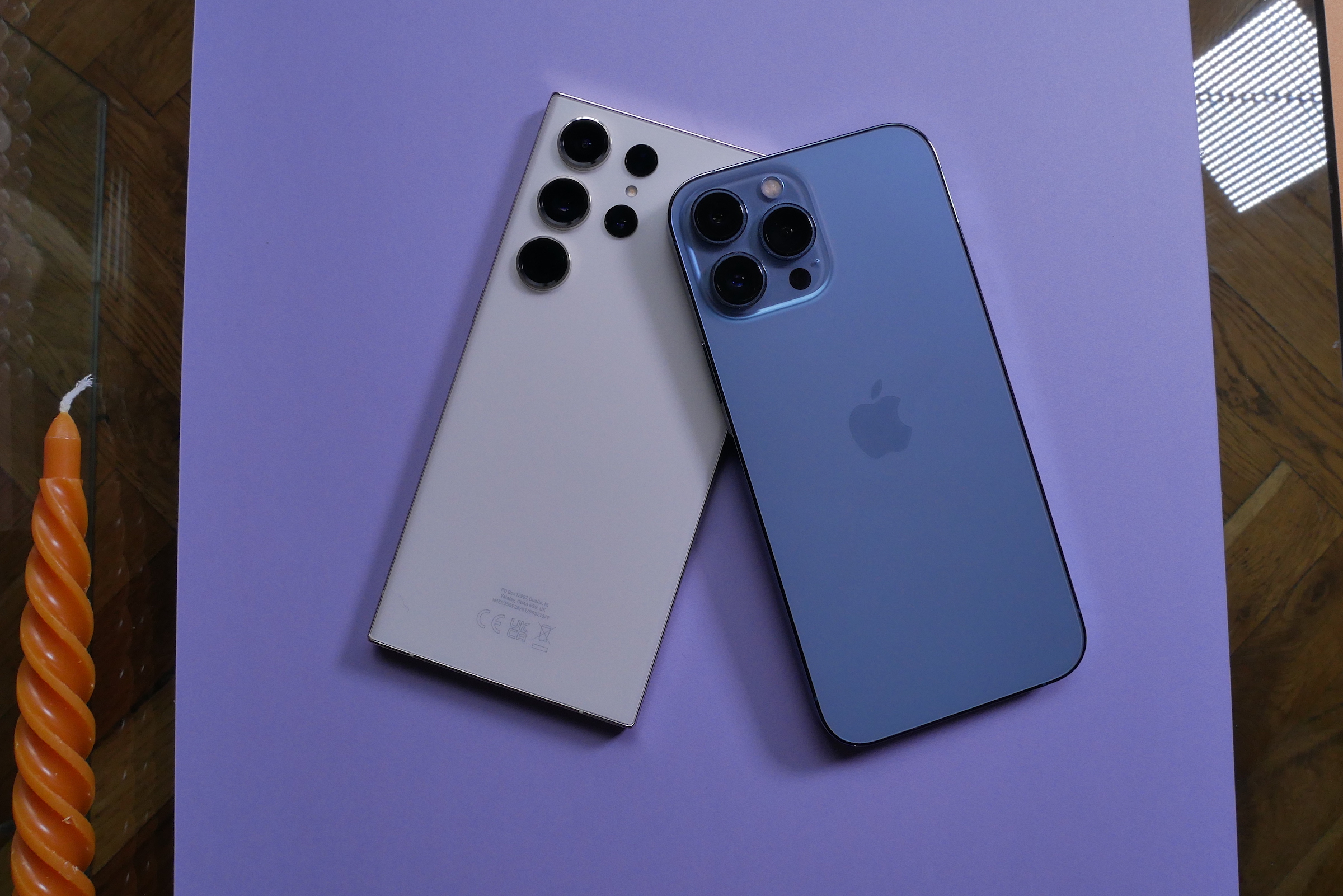
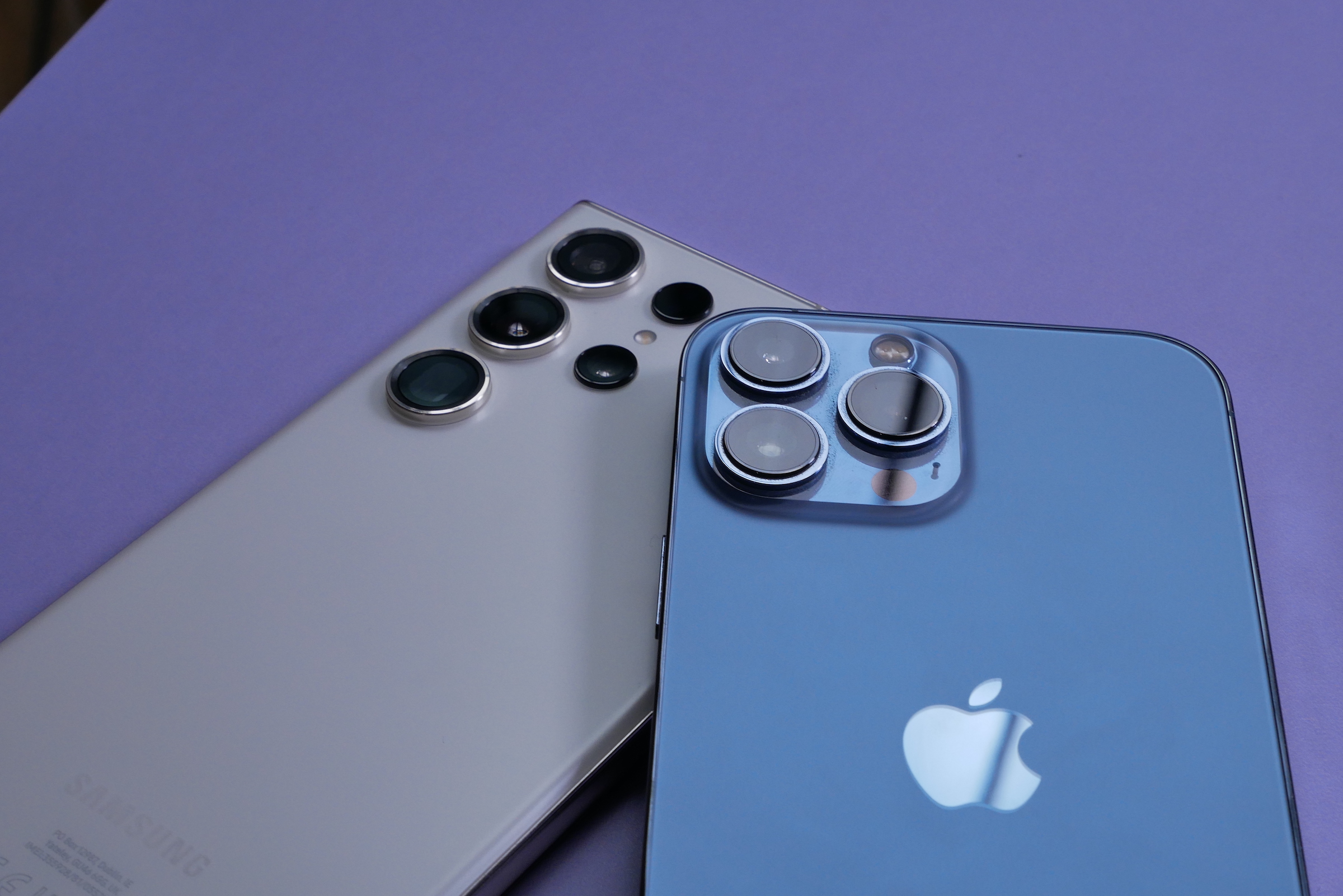

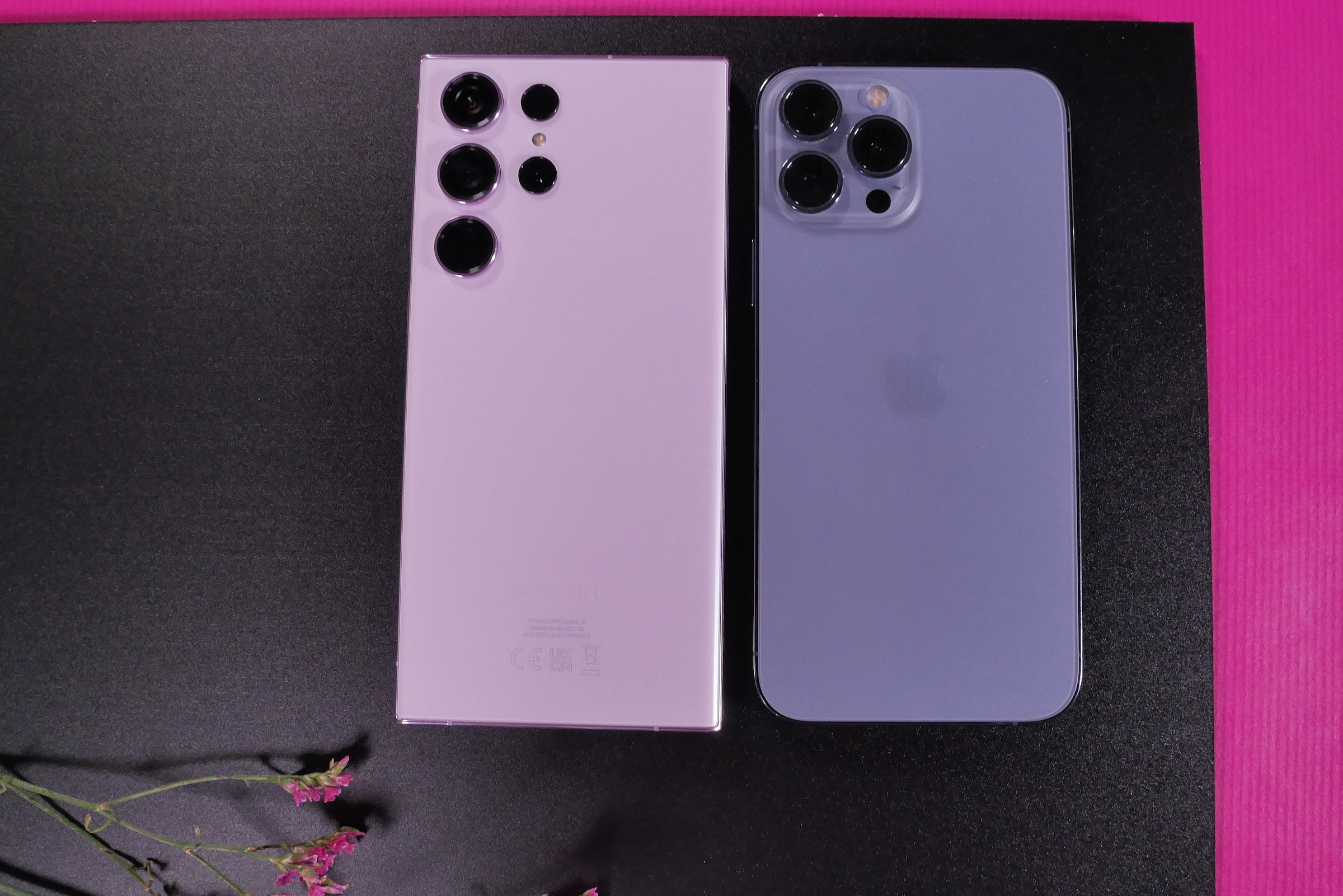
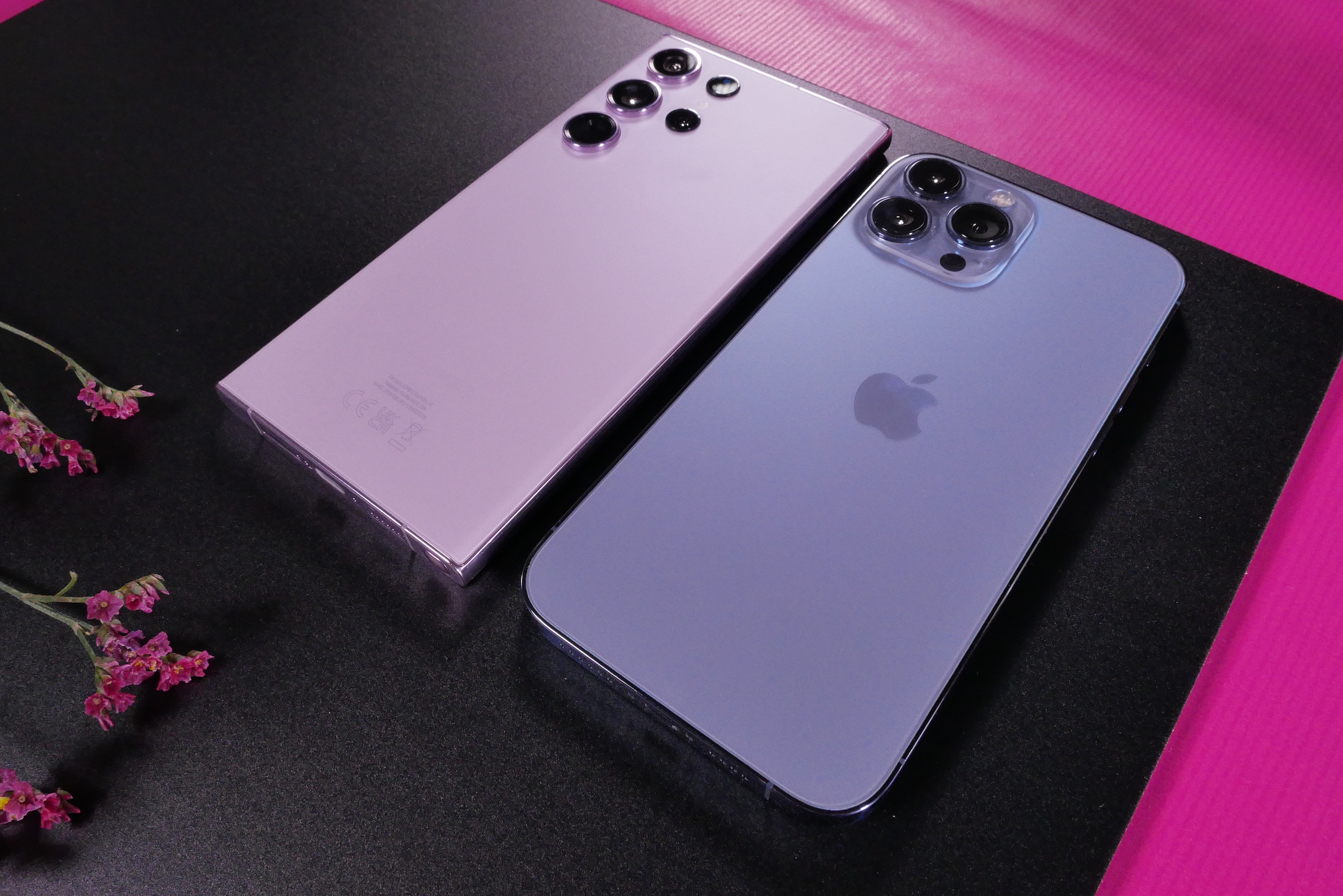
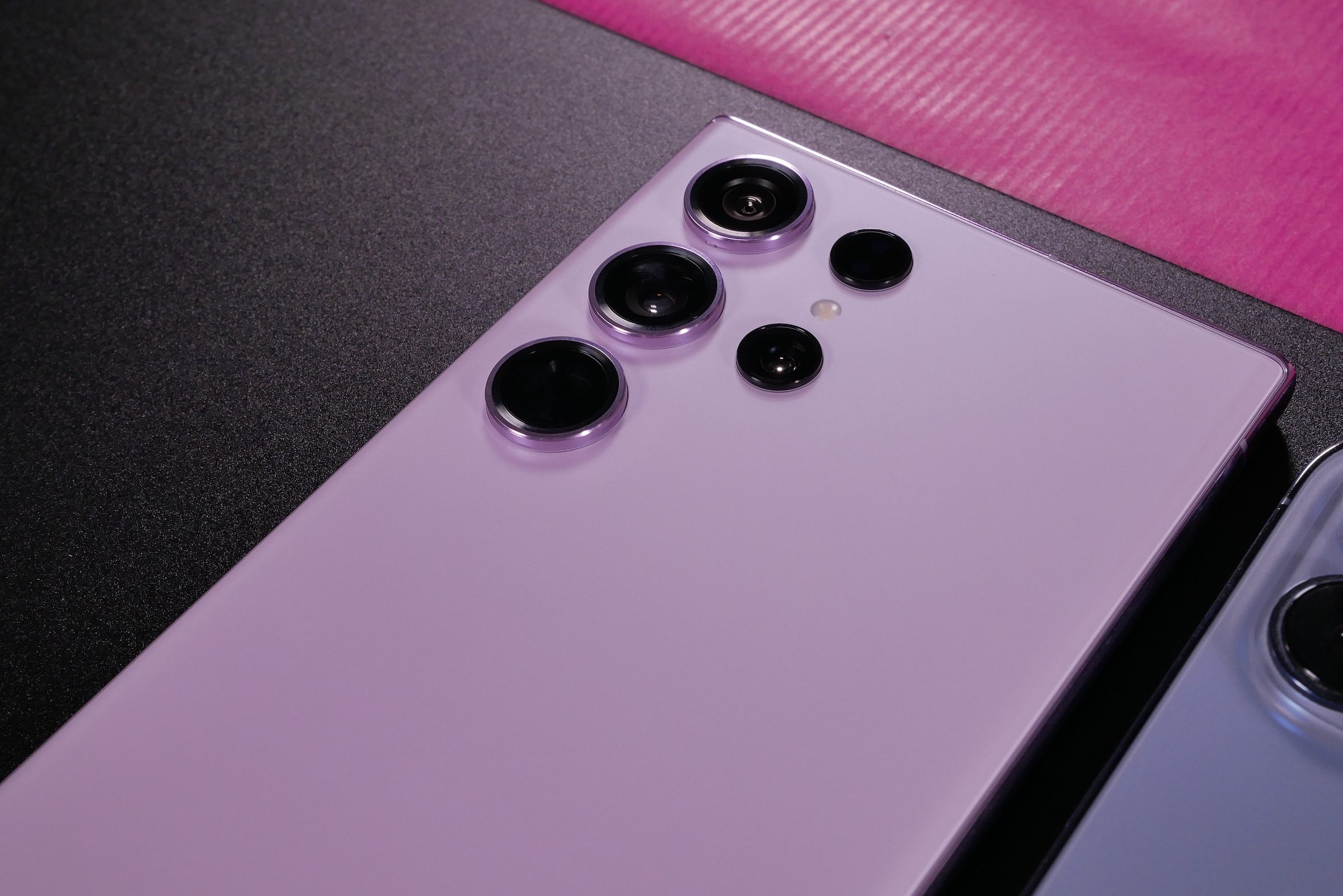
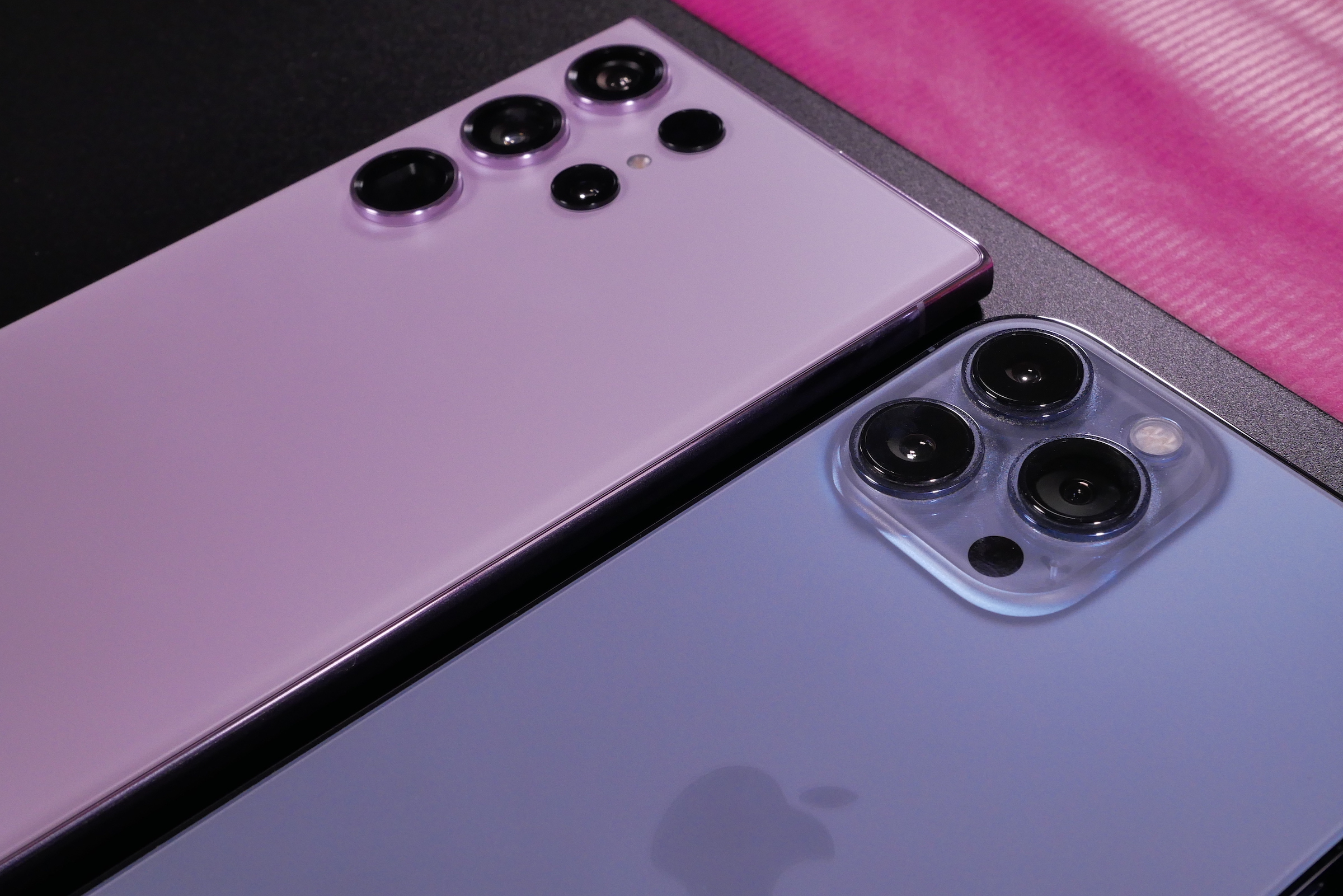
 Adam Kos
Adam Kos 

